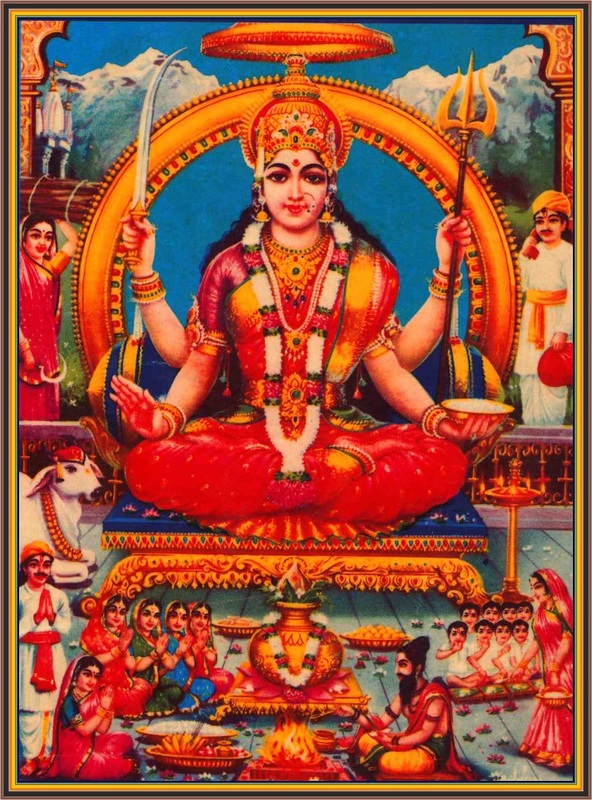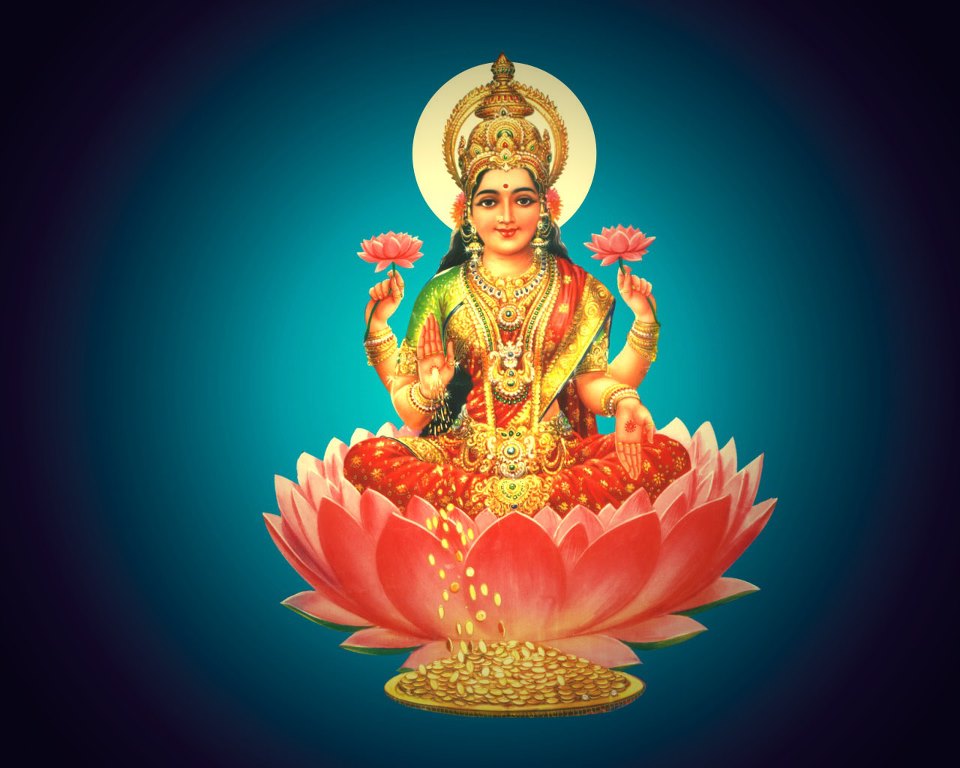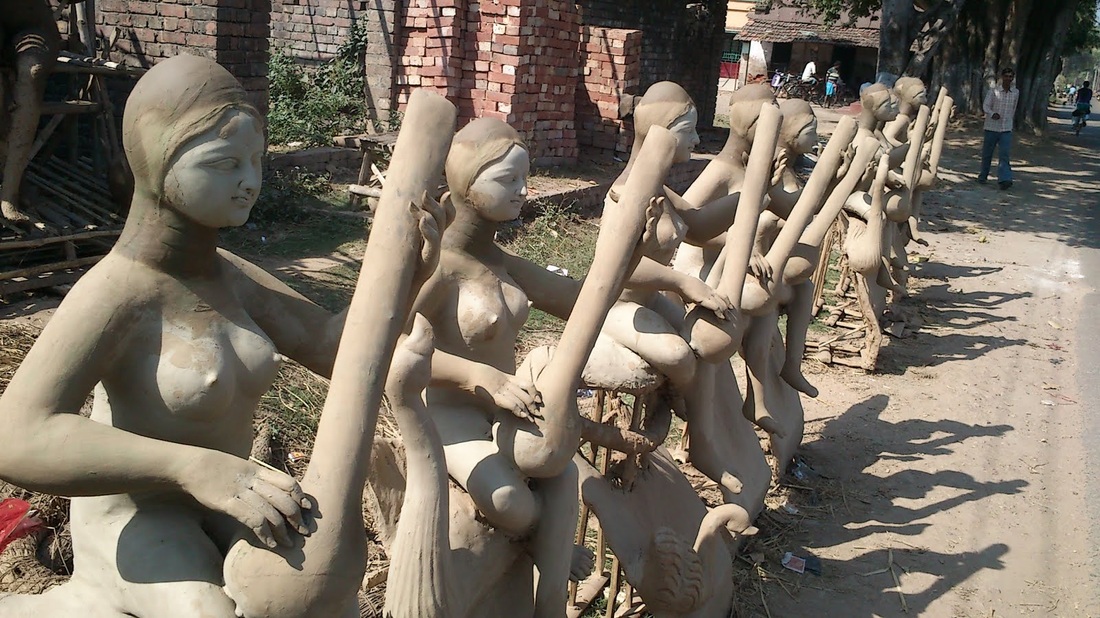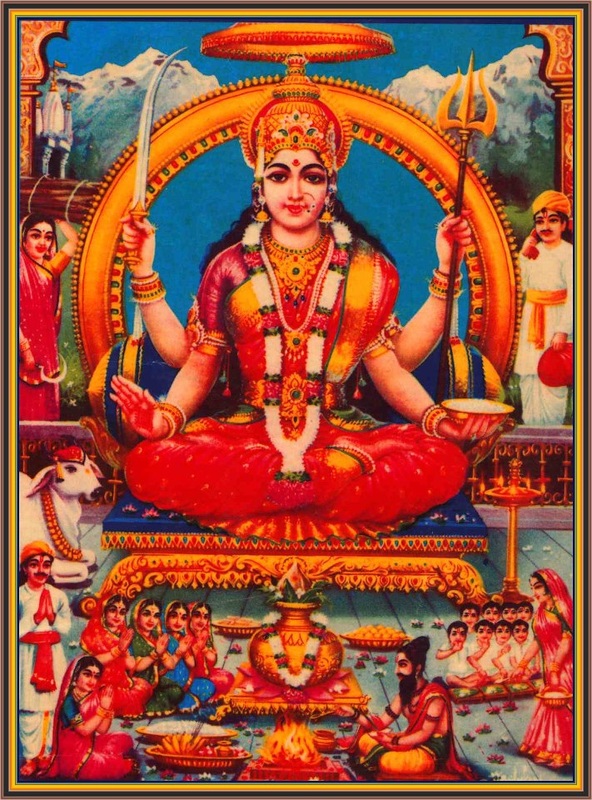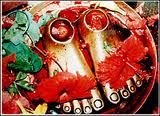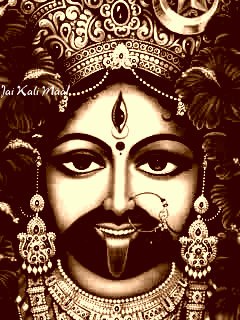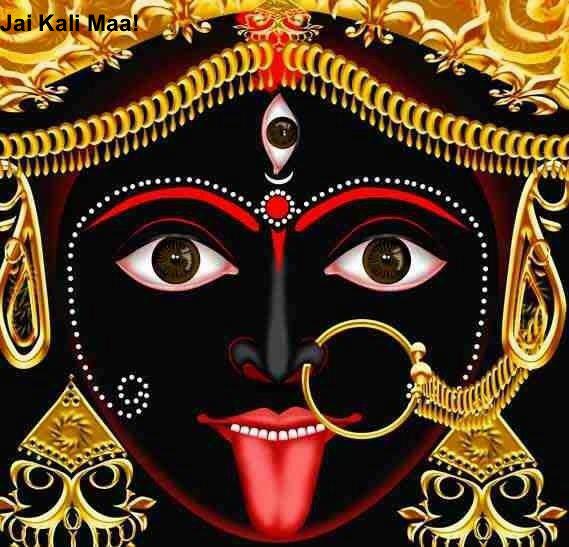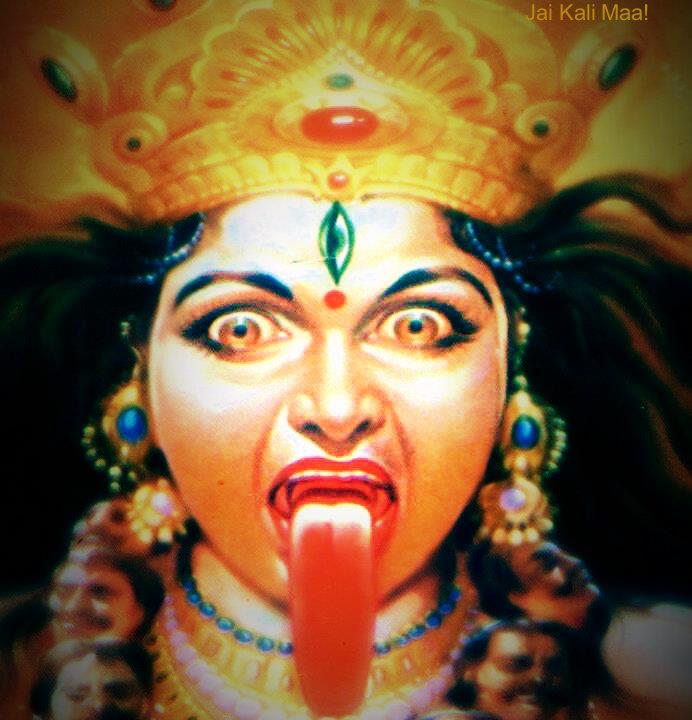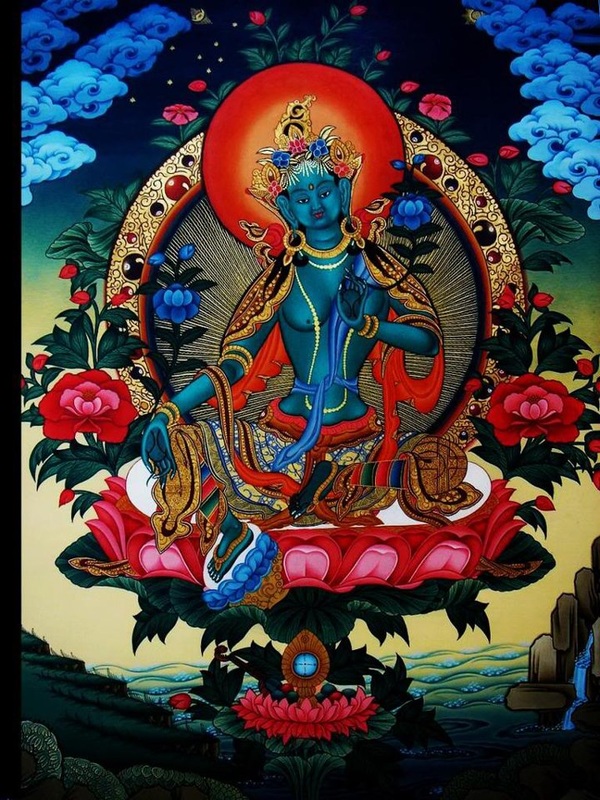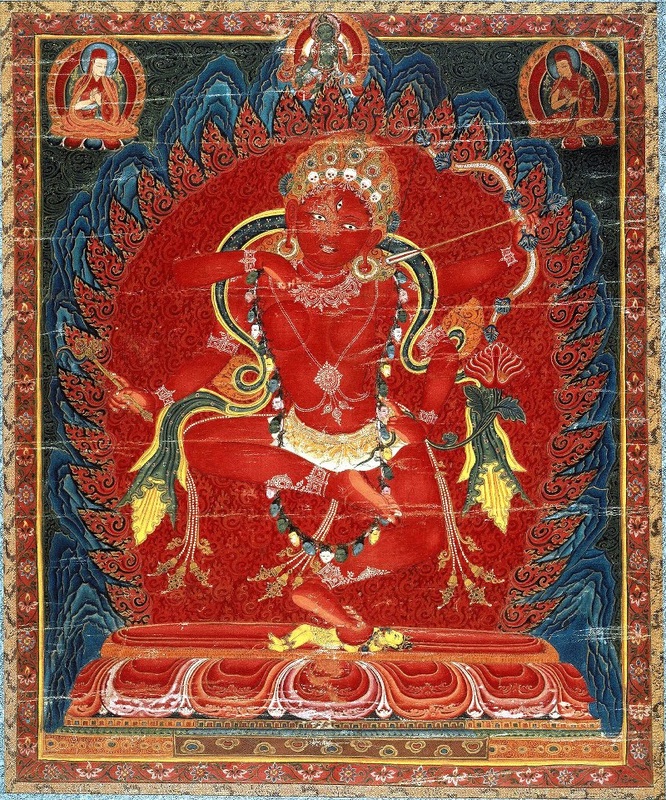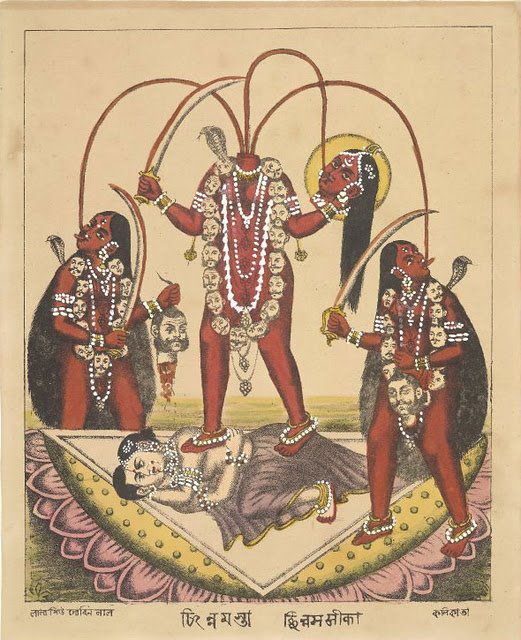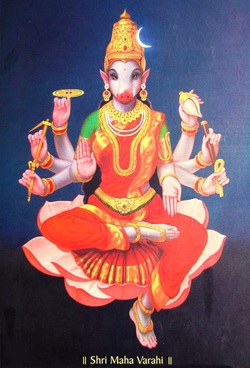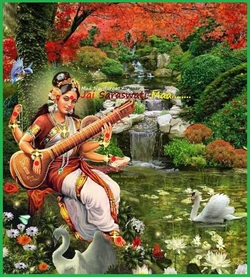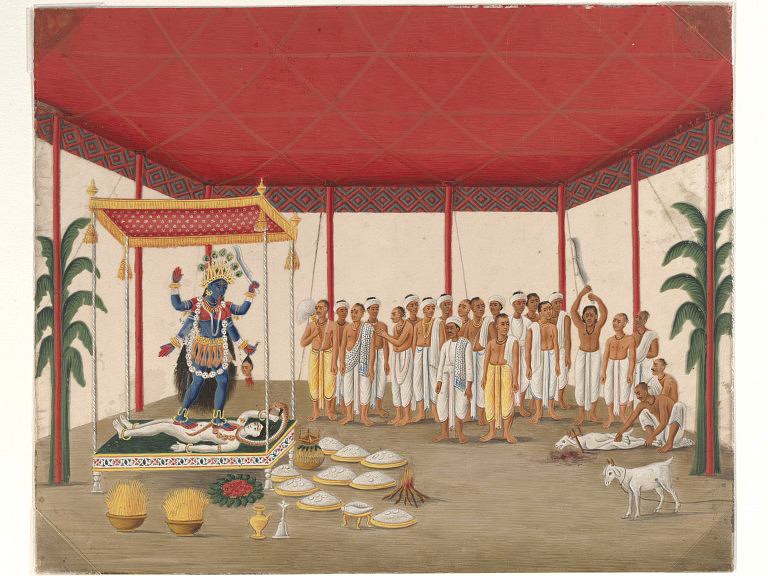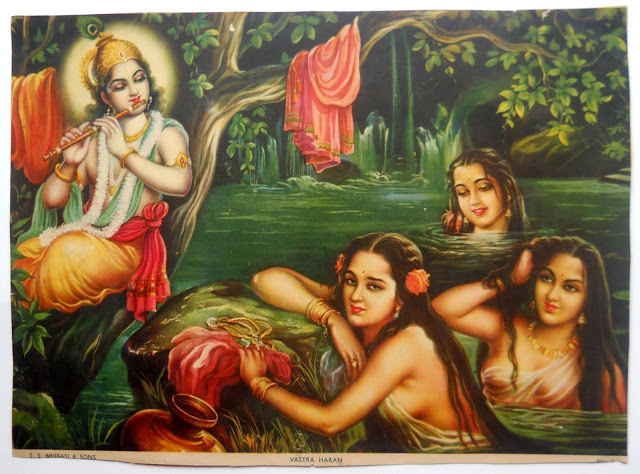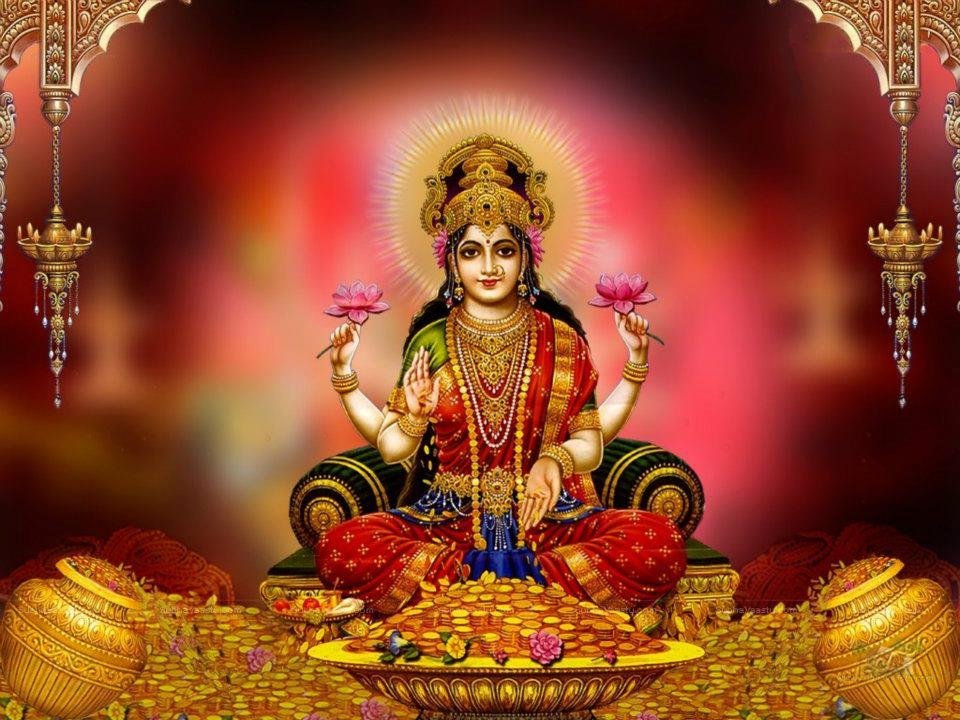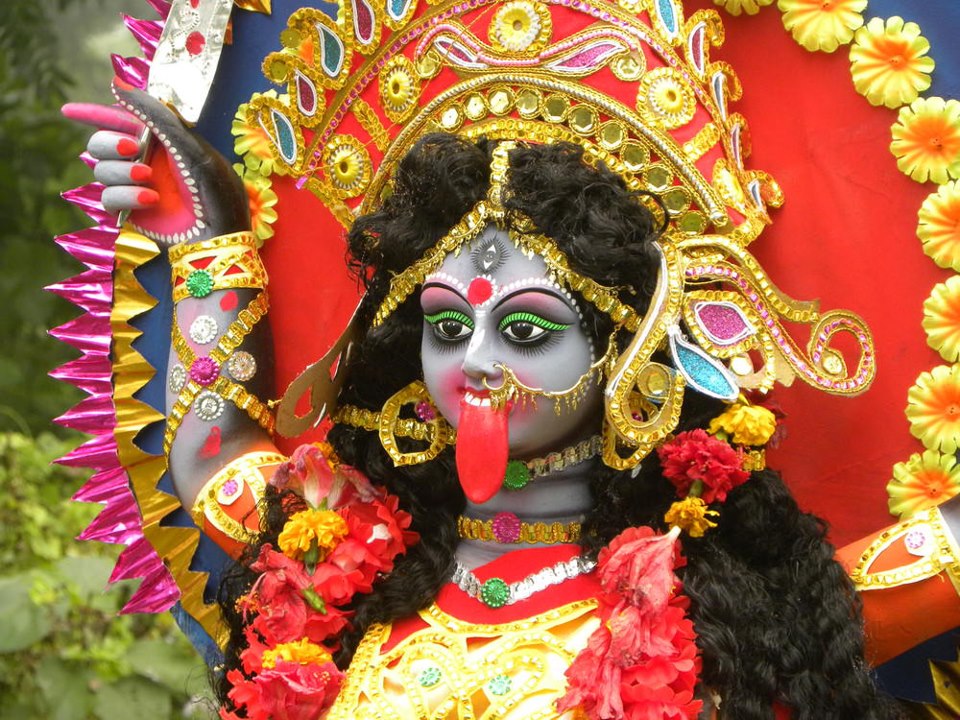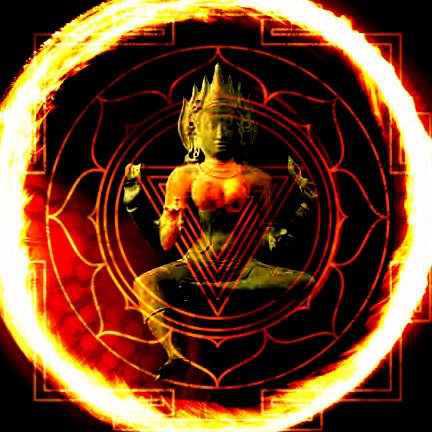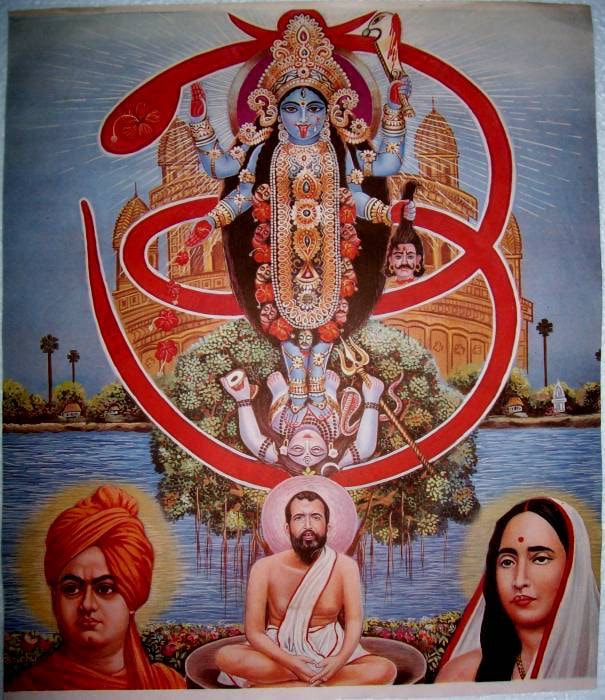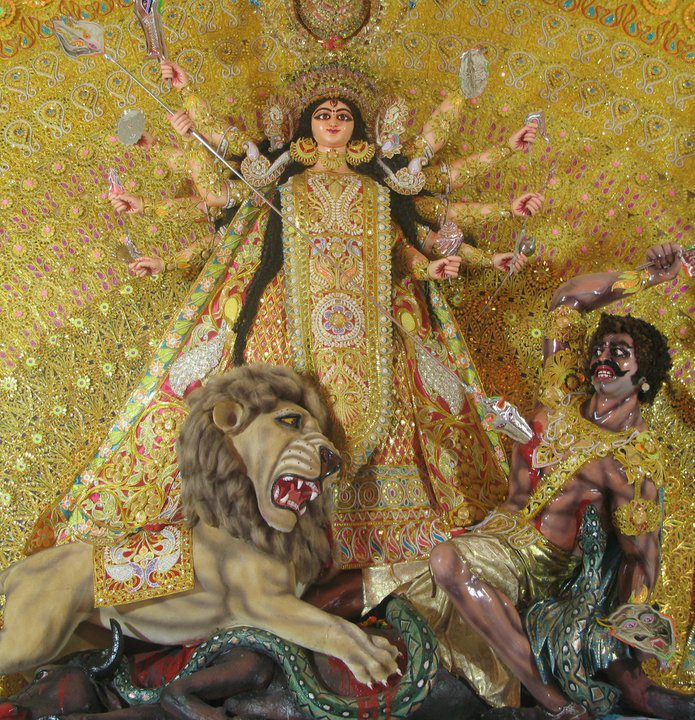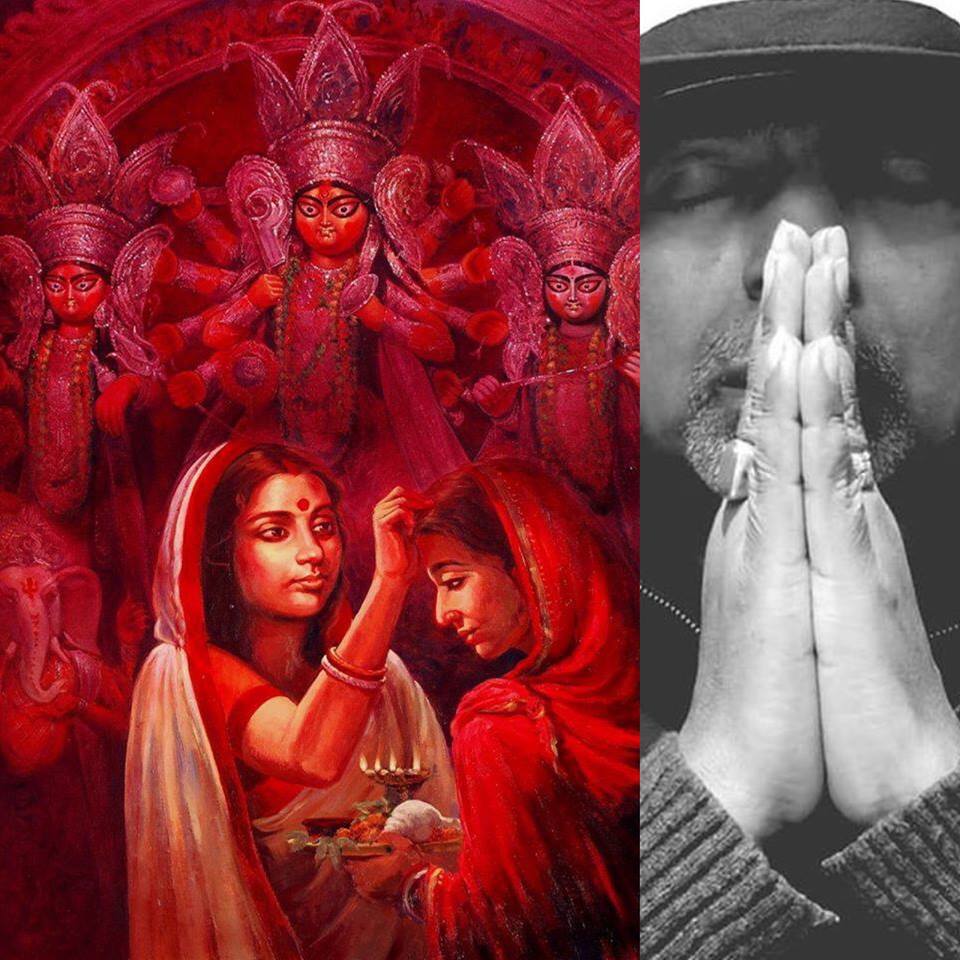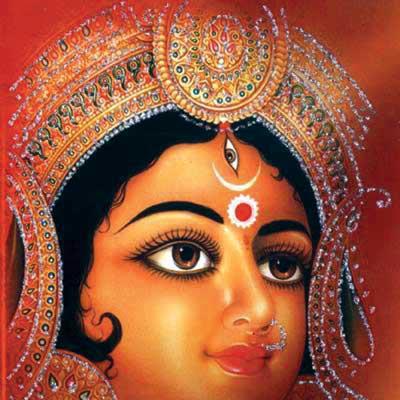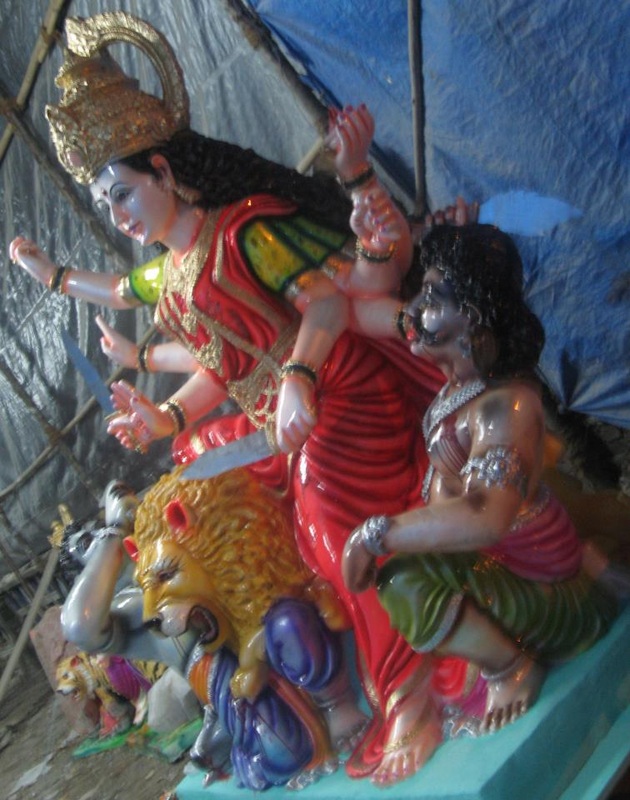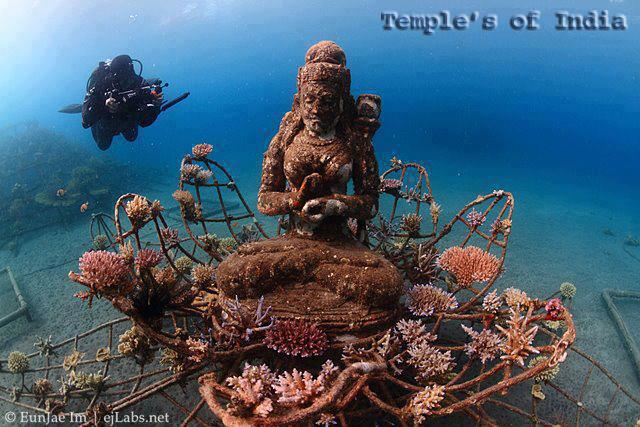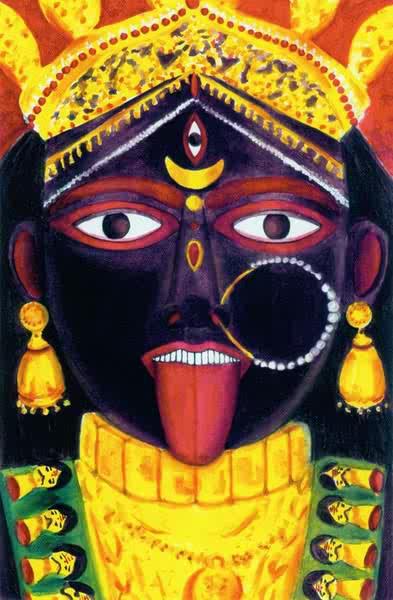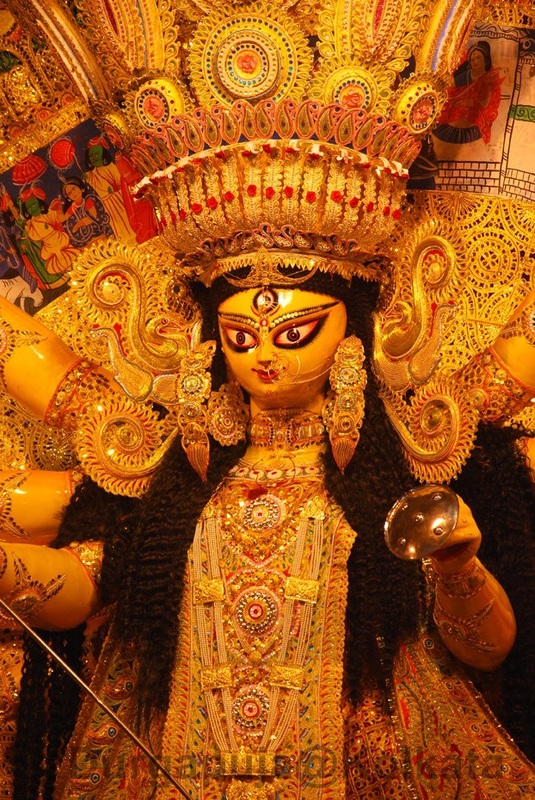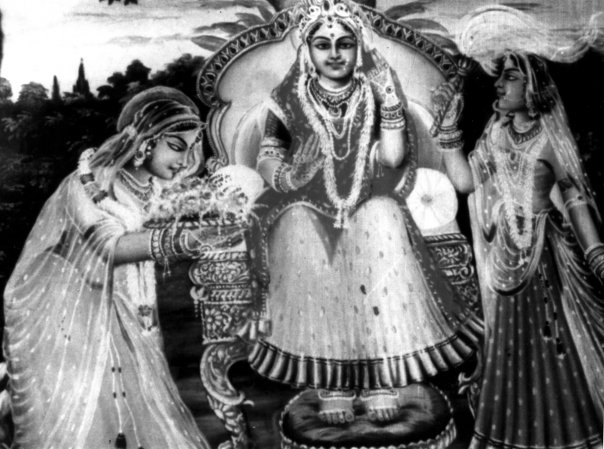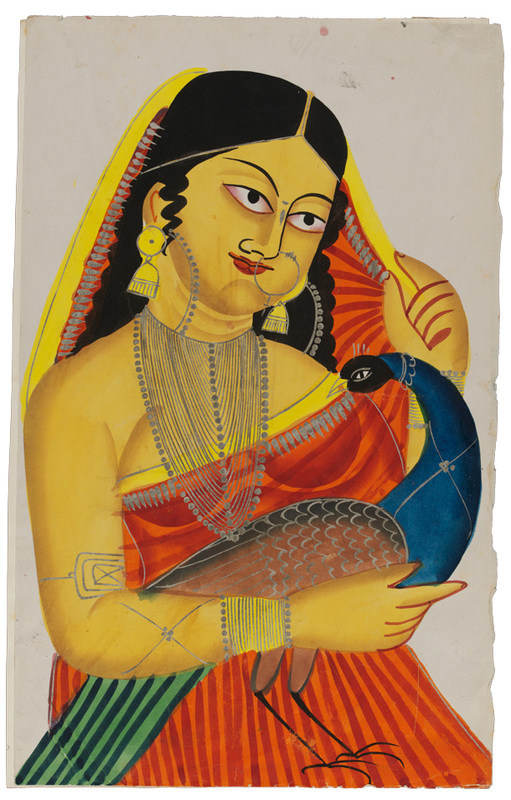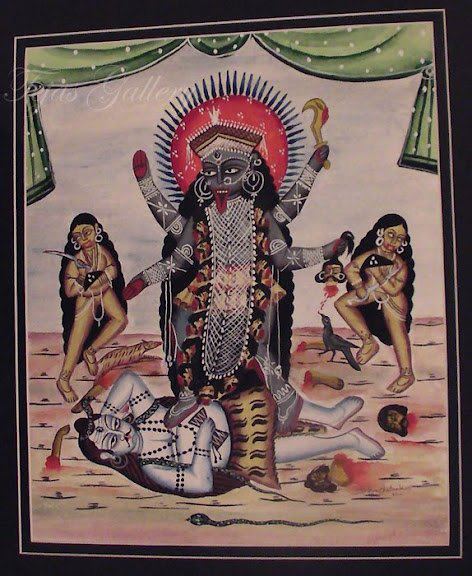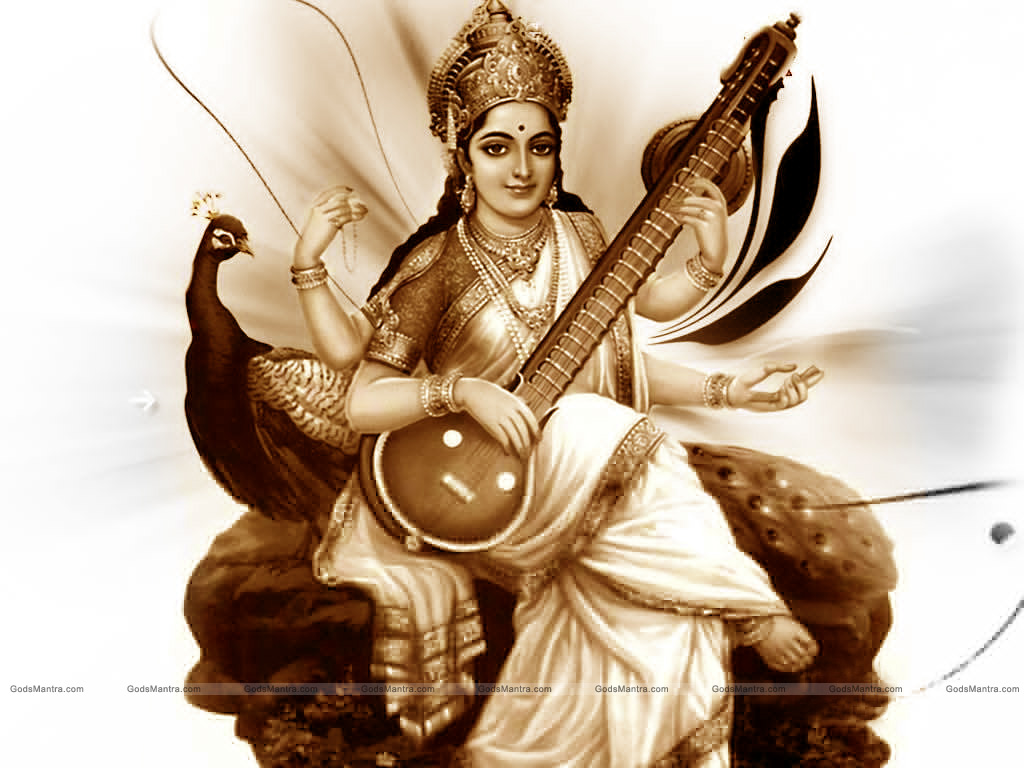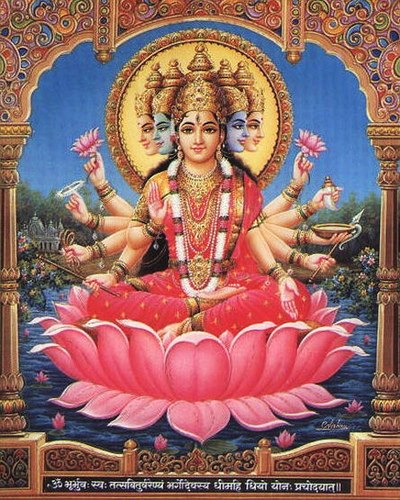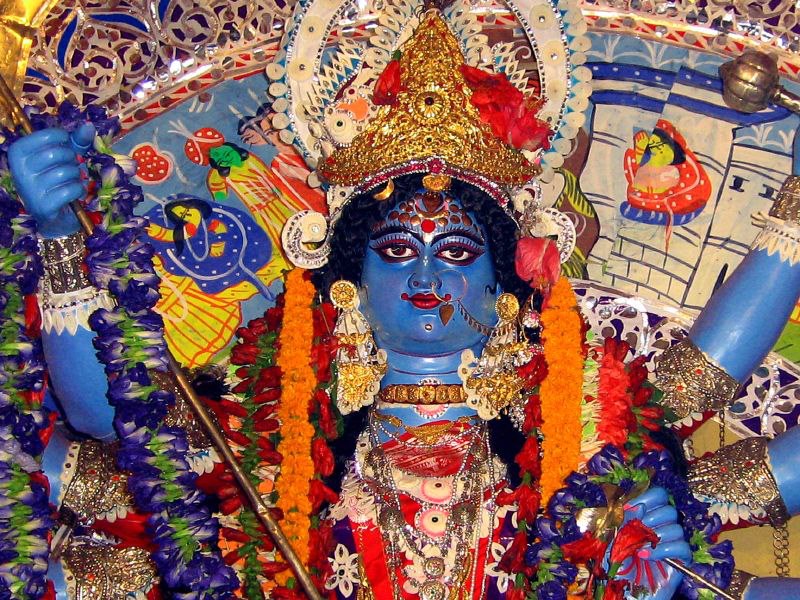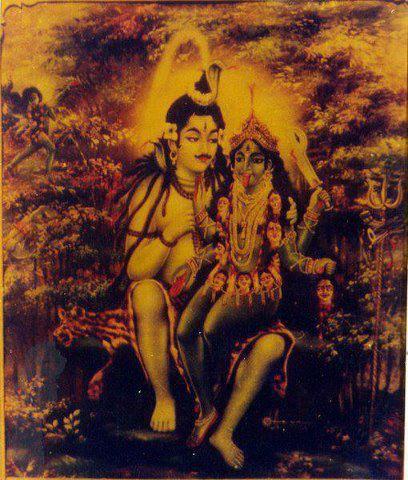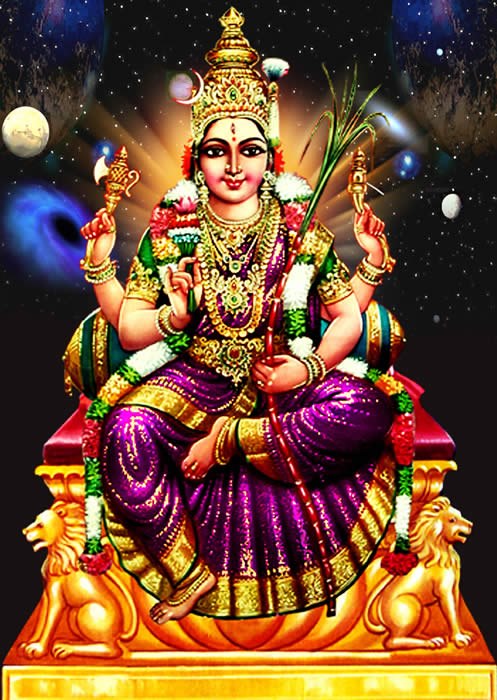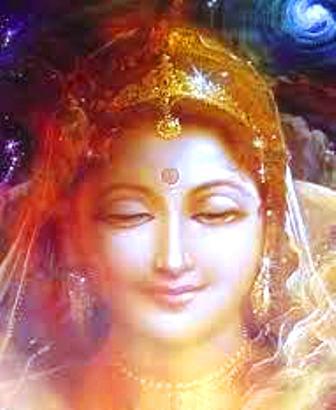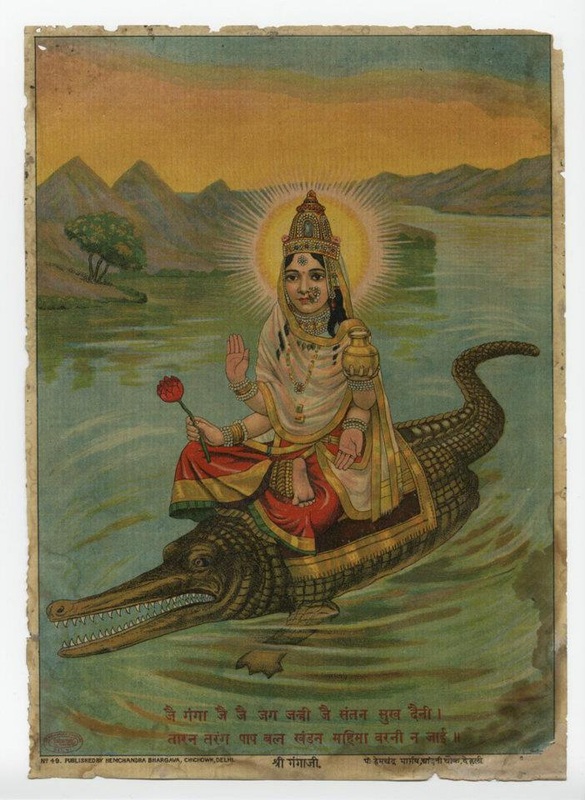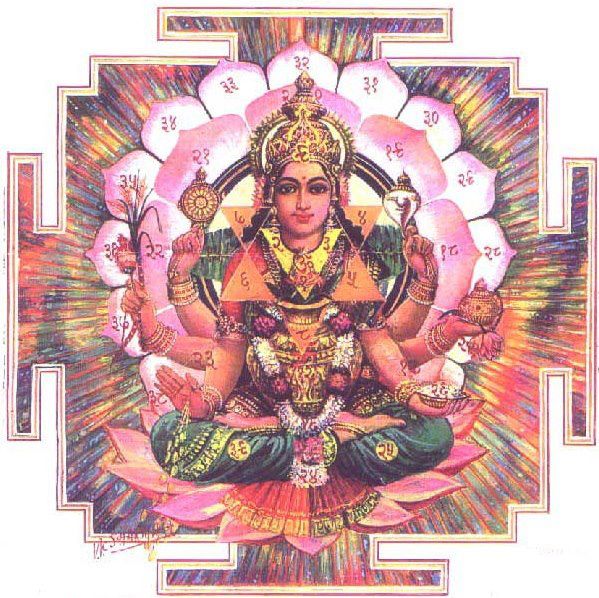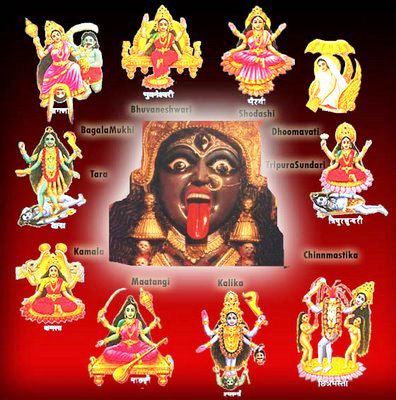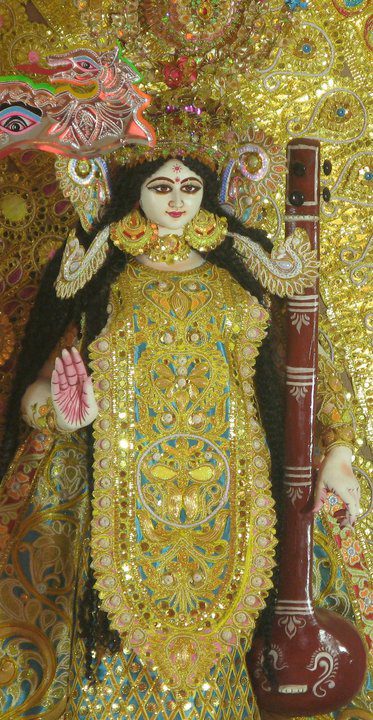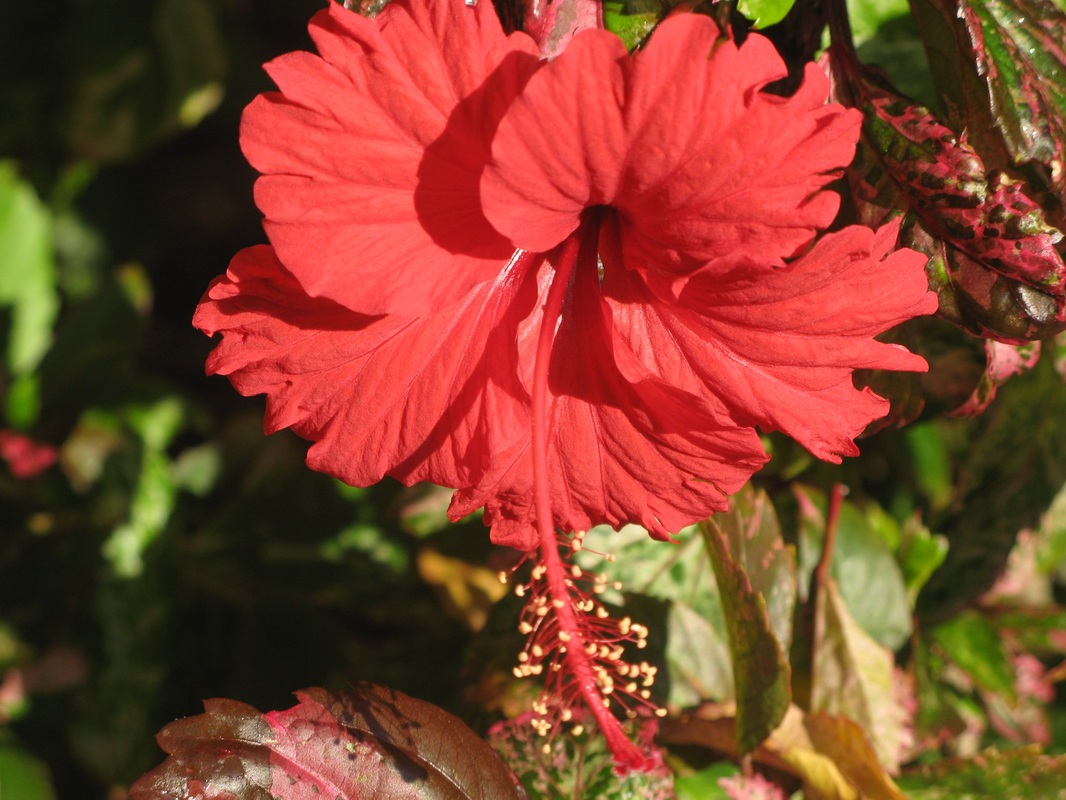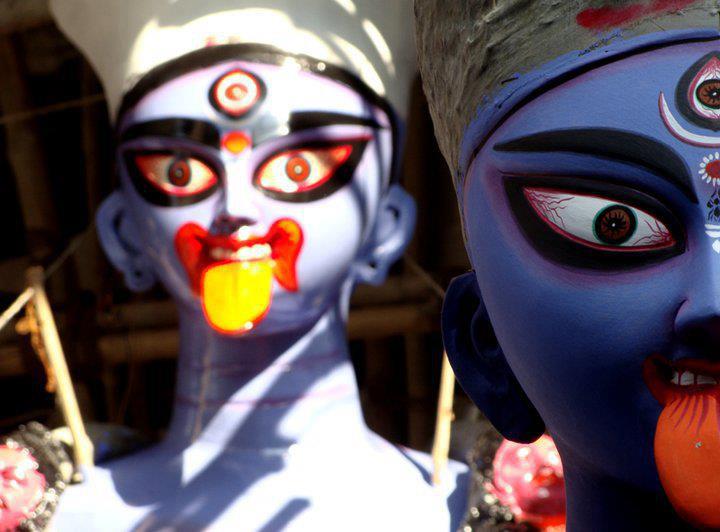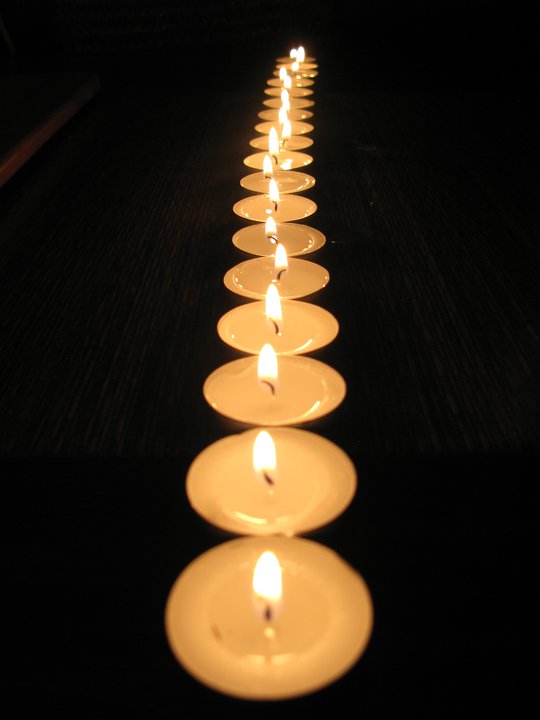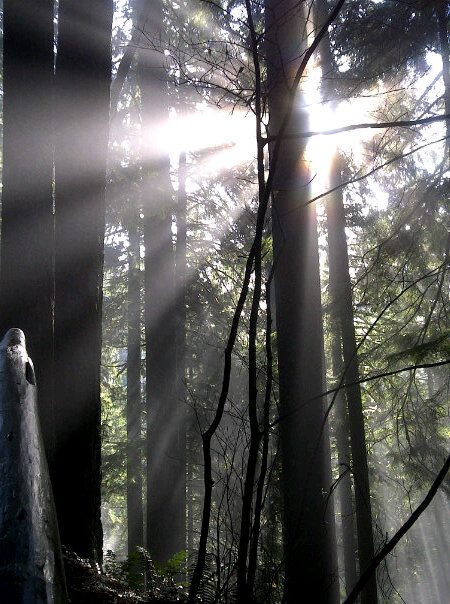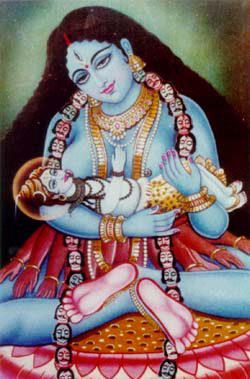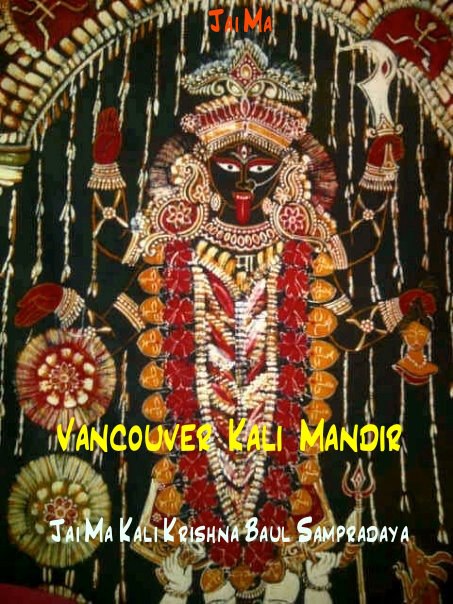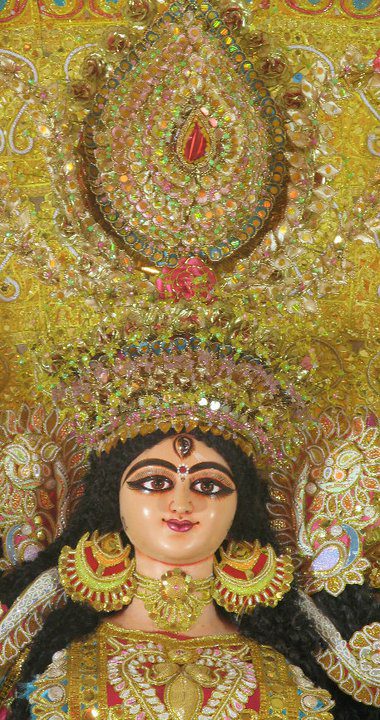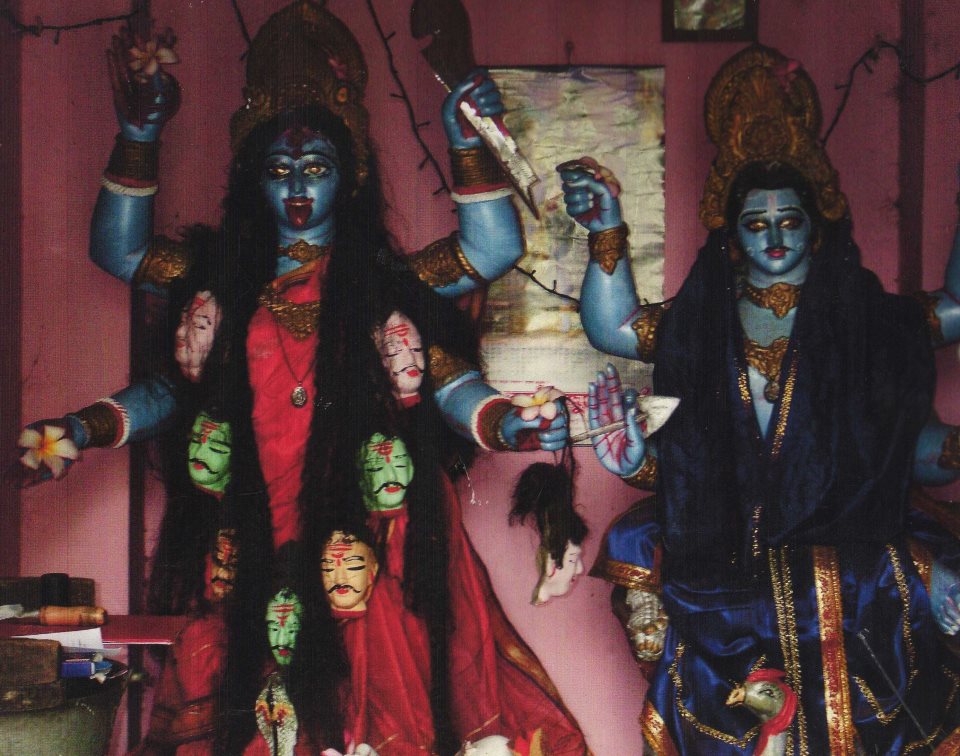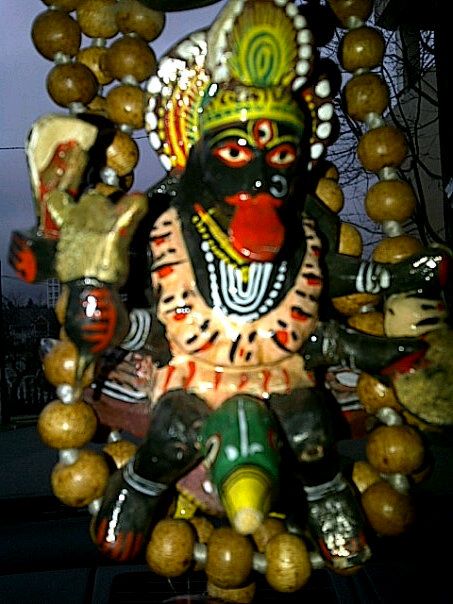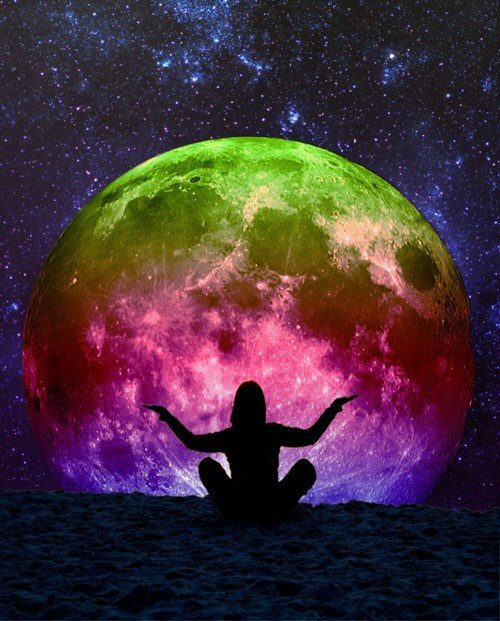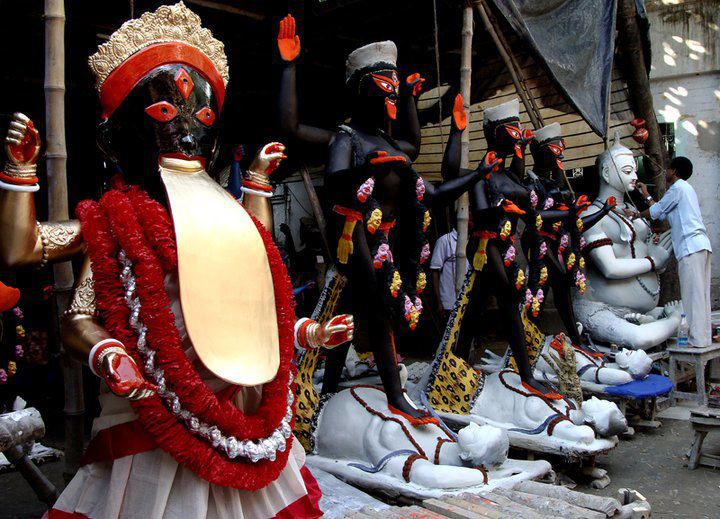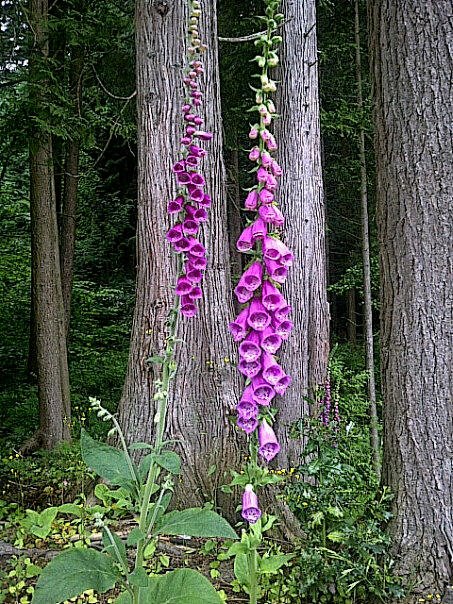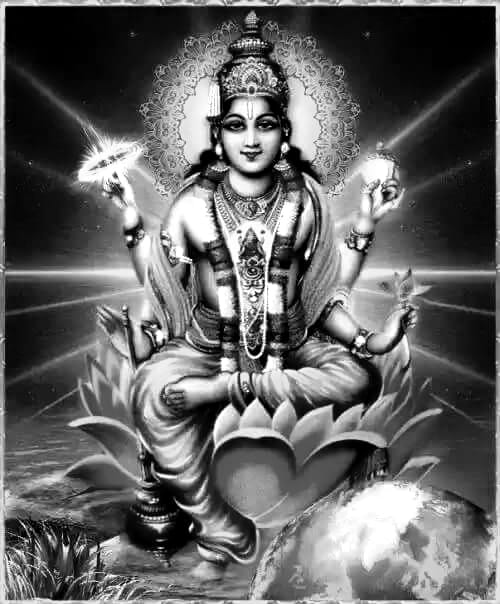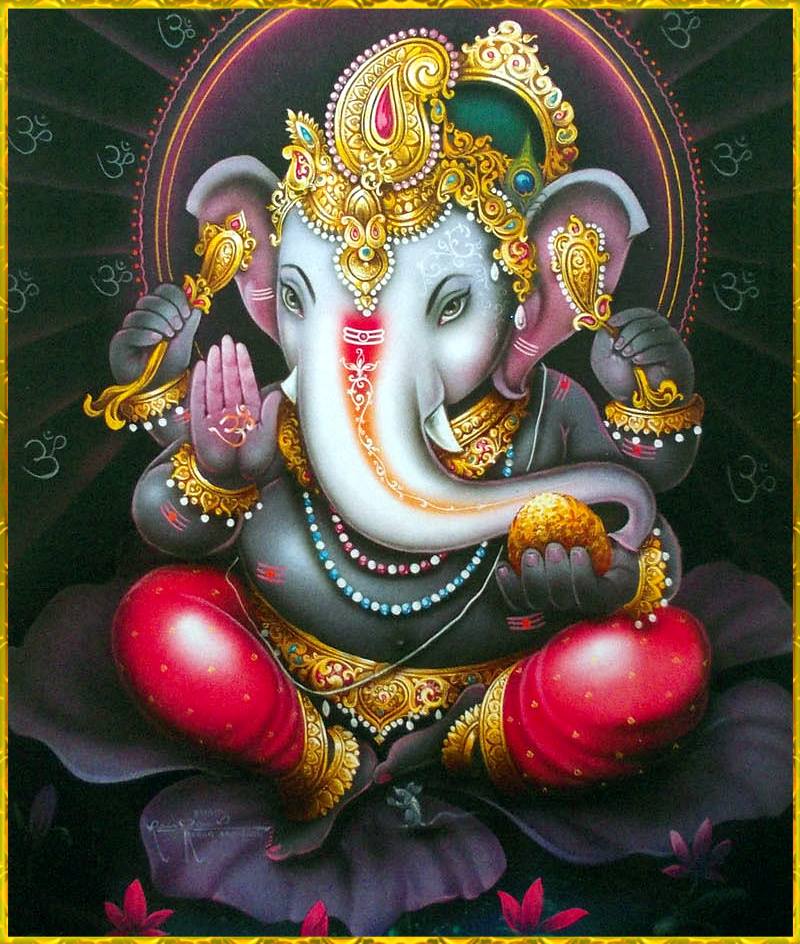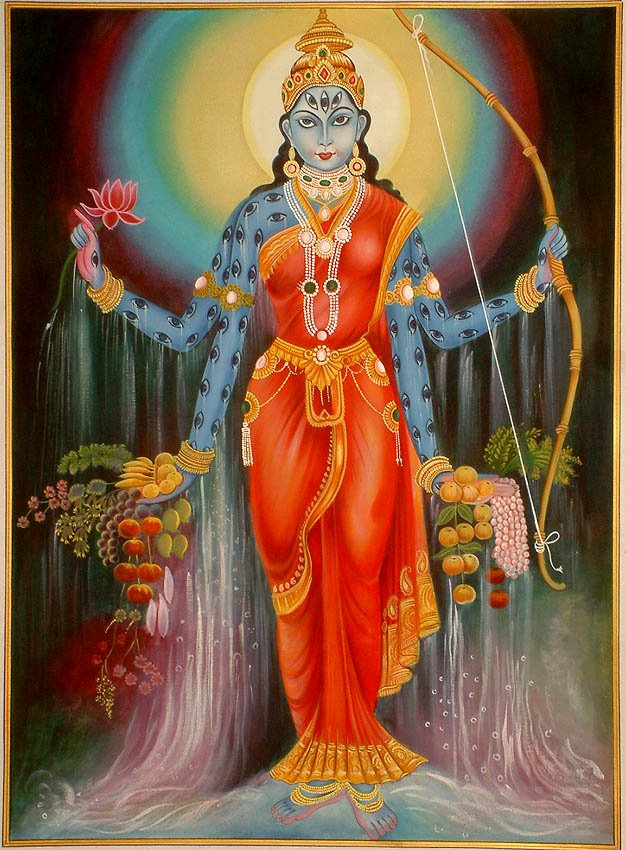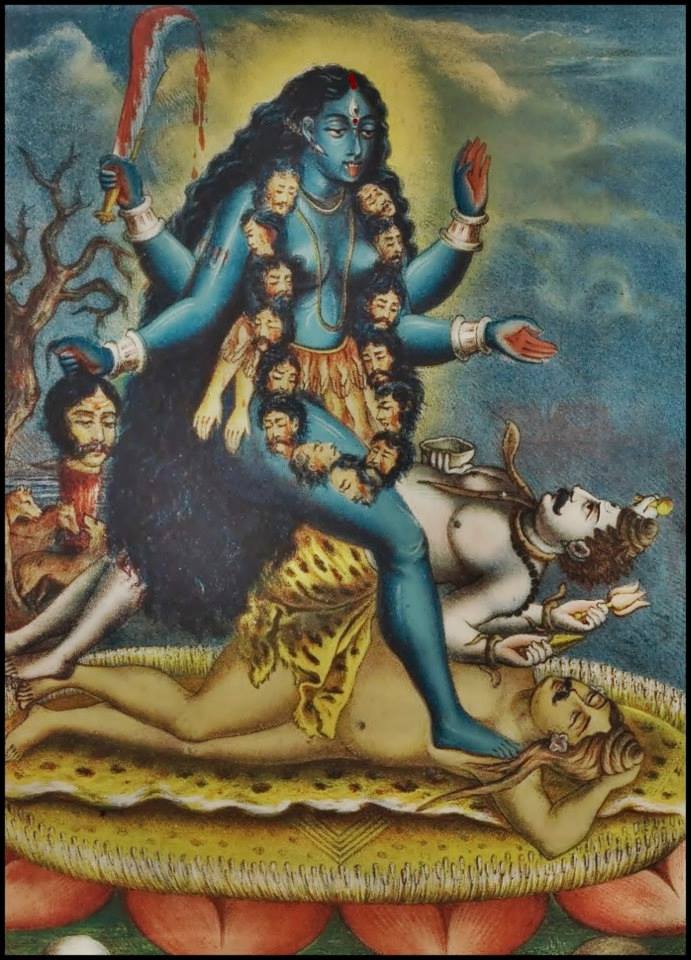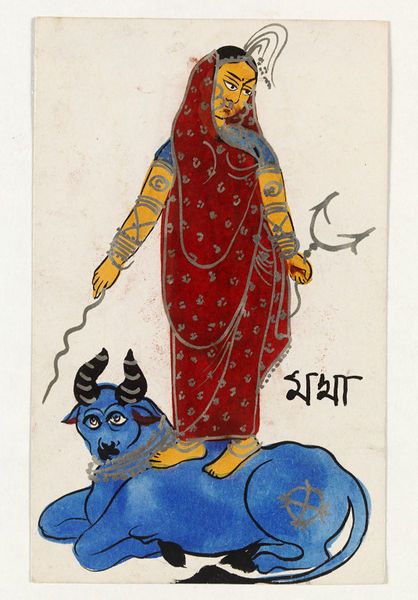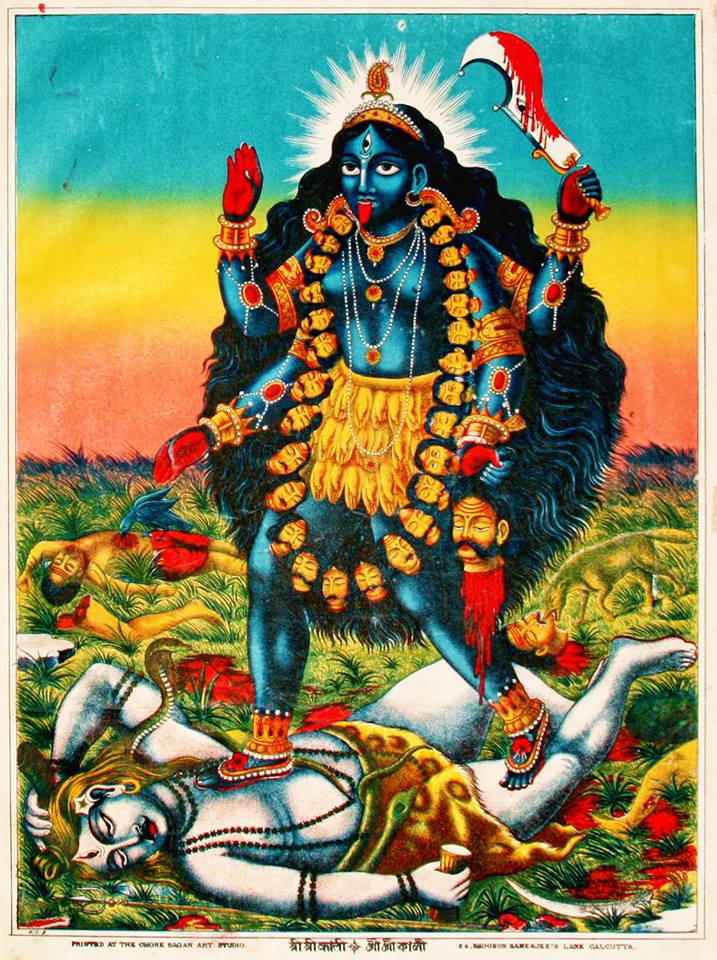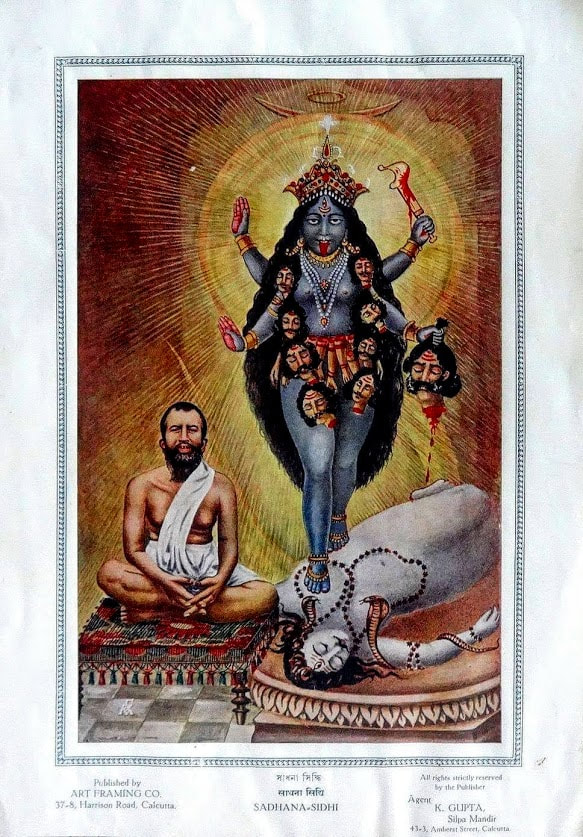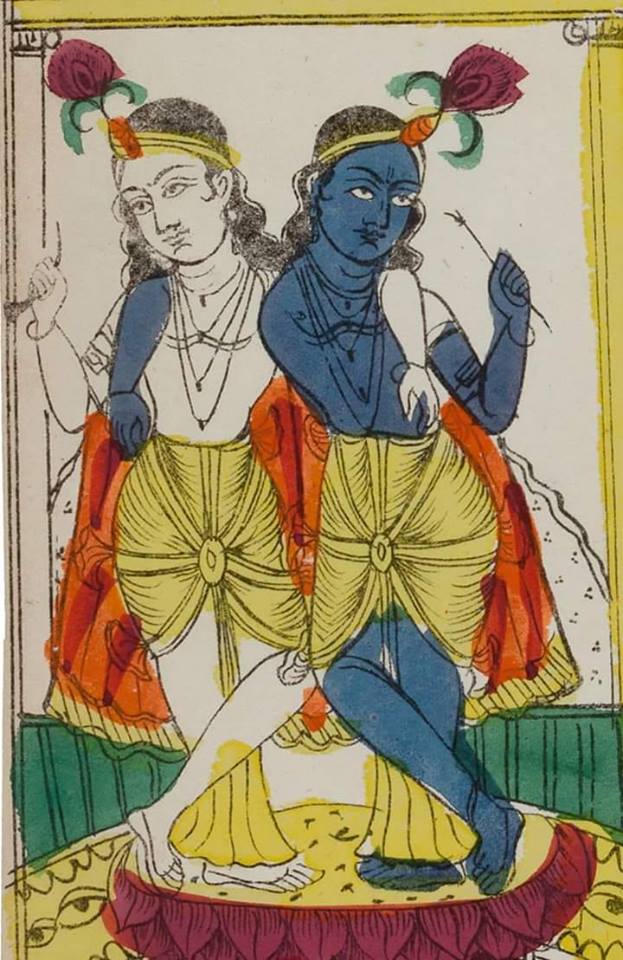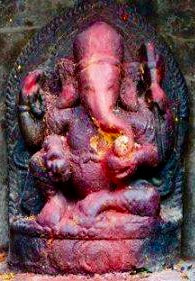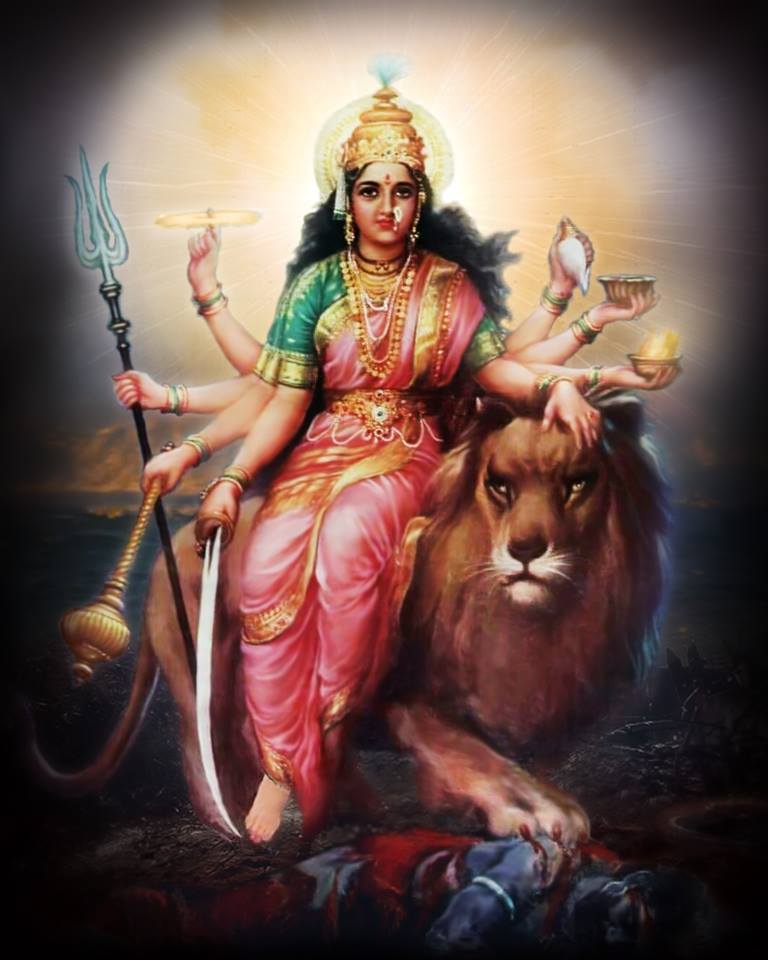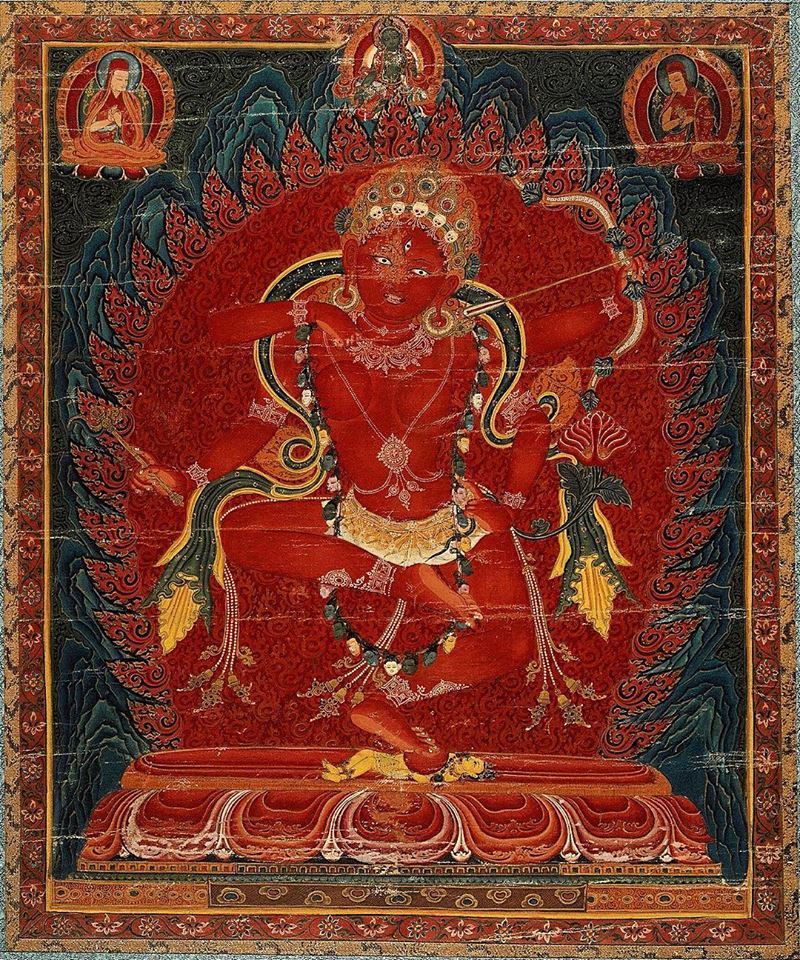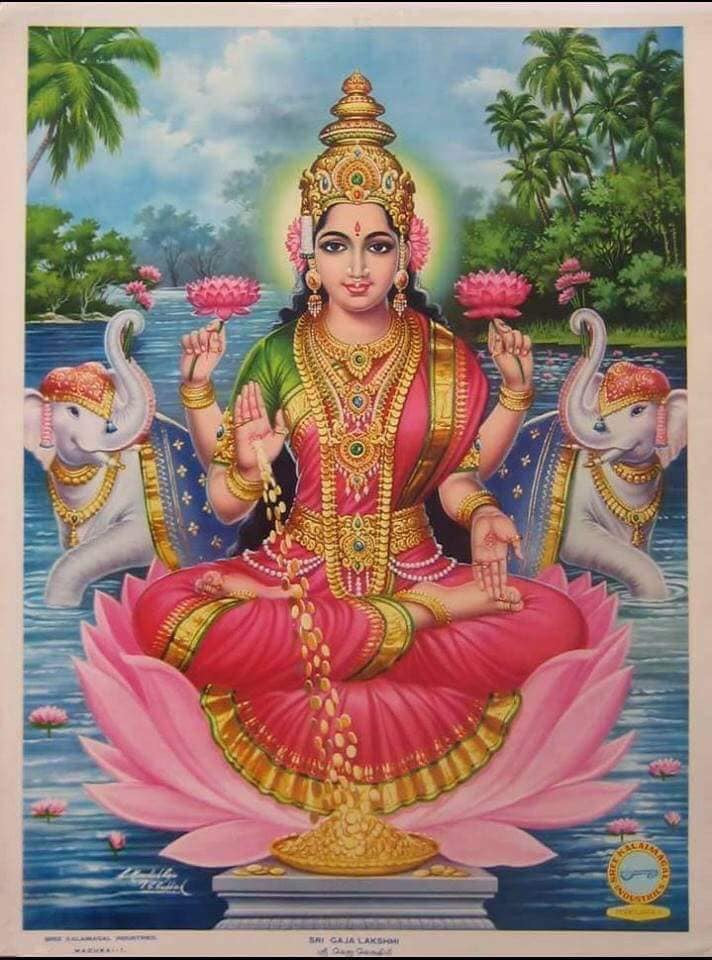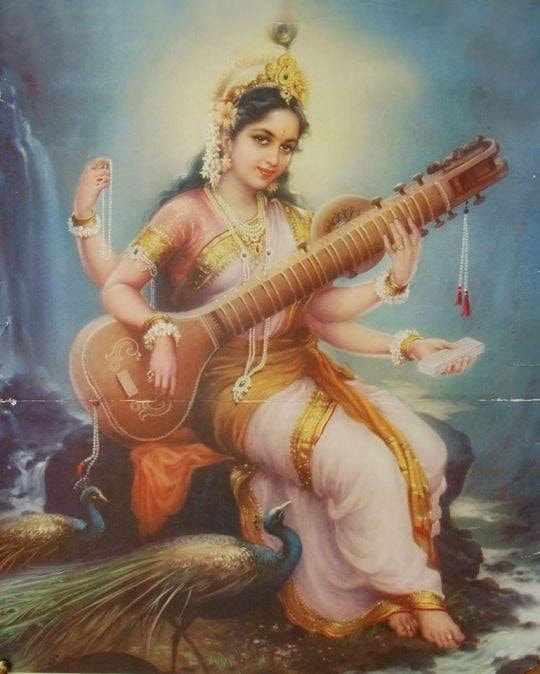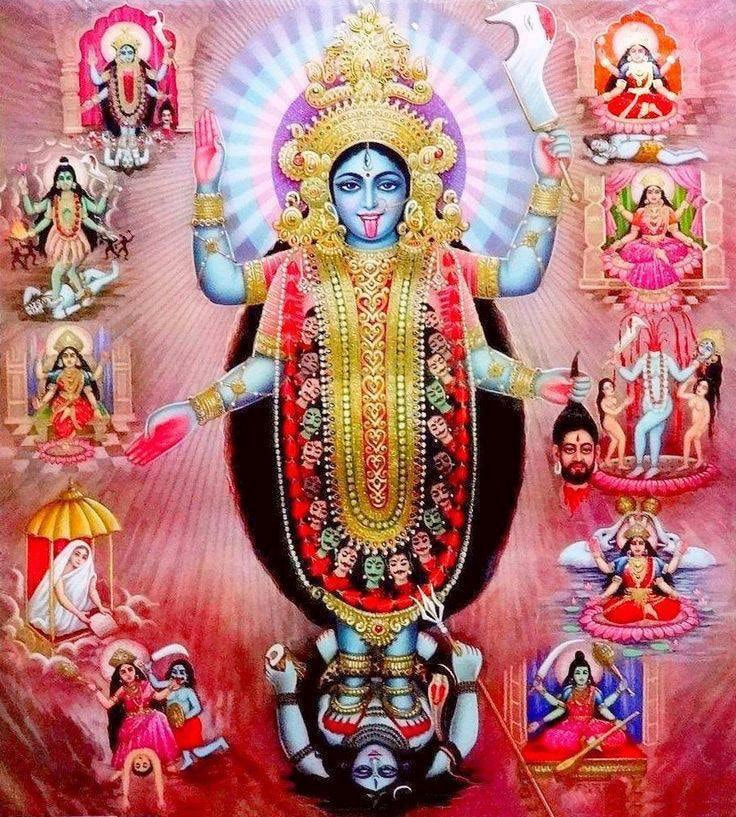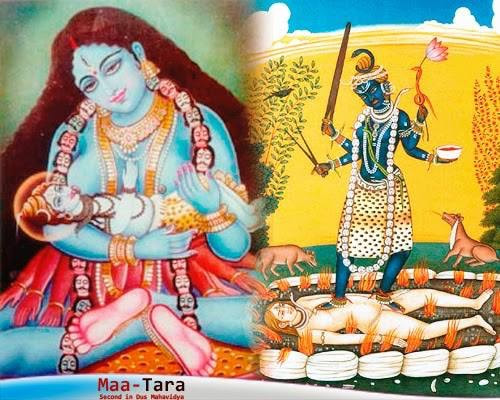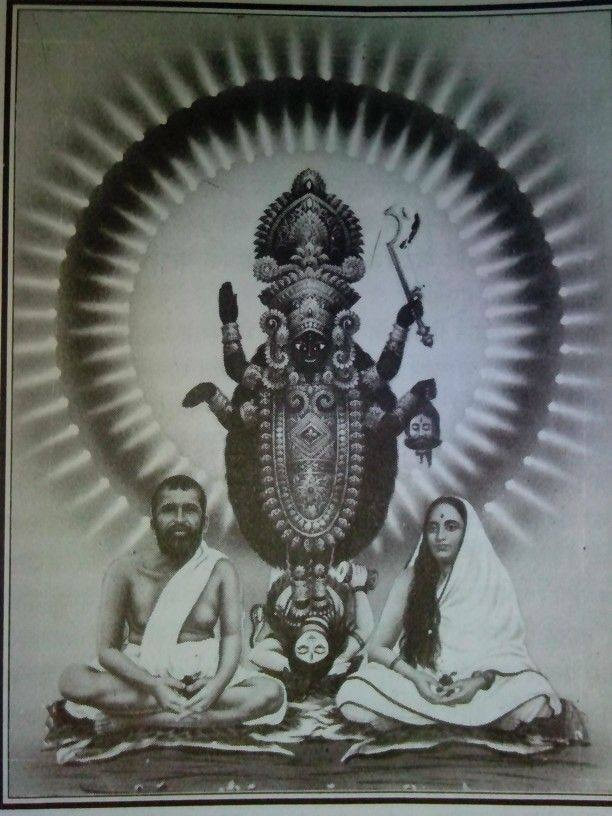Targeted skywards he is shooting his arrow at the sun so that it does not rise and the hour of night, and thereby the period of love-making, becomes longer. The love god Kamadeva is represented in the painting as his form has been broadly described in Puranas; however, his mount parrot has been conceived in a grotesque form, figures of four maidens being composed in such manner that conjointly they acquire a parrot’s appearance.
The painting is thus a fine example of the medieval painting tradition of portraying a theme seeking to combine a grotesque form with a myth or reality. Sometimes the object of such painting was just its strangeness.
A blend of myth and grotesqueness, the painting portrays its theme against a simple background composed of three colour zones, the green with a few forms of floral plants, symbolising the earth and the month of Vasanta – Spring, golden middle, symbolic of the hour of dawn and termination of night – the period of love’s game, and the blue sky suggesting that from the earth to the sky Kama reigns everywhere.
Ingeniously composed, the fair-complexioned damsels are clad in green, the body-colour of a parrot, for giving them a parrot’s appearance. One of the damsels on the top, comprising the bird’s upper part, carries in her bird’s head-like moulded hands, a bell and a red flower, which forms the bird’s beak.
The form is exceptionally symbolic.
Kamadeva’s mount parrot is composed of red, the colour of its beak, and green, the colour of its body, red being the colour of love’s passion, and green, that of fertility, and thus, essentially the two in one form symbolised the union of male and female principles. Here in the painting, Kamadeva, the male principle, rides the parrot, the female principle, and thus the cycle of love’s passion, the resultant union of the opposites, and fertility is accomplished.
The painting adheres to the same iconographic norms of Kamadeva’s resplendent form as it has been visualised in Indian texts, mainly the Hindu scriptures. He has been conceived as one endowed with extreme handsomeness driving everyone that looked at him to the passion of love. Myths proclaim him as born of Dharma, a Brahma’s son born of his right breast. As lord of love and passion he was allocated a day for his rituals, and a month when his influence was most powerfully felt.
This made him arrogant and one day he annoyed Lord Shiva with his impertinence. The enraged Shiva opened his third eye and burnt Kamadeva with fire that it emitted, though subsequently on the prayer of his consort Rati proclaimed that Kamadeva shall continue to live but without a body just as an abstract force in all living beings.
This description by Prof. P.C. Jain and Dr. Daljeet.
Prof. Jain specializes on the aesthetics of literature and is the author of numerous books on Indian art and culture. Dr. Daljeet is the curator of the Miniature Painting Gallery, National Museum, New Delhi.
They have both collaborated together on a number of books.
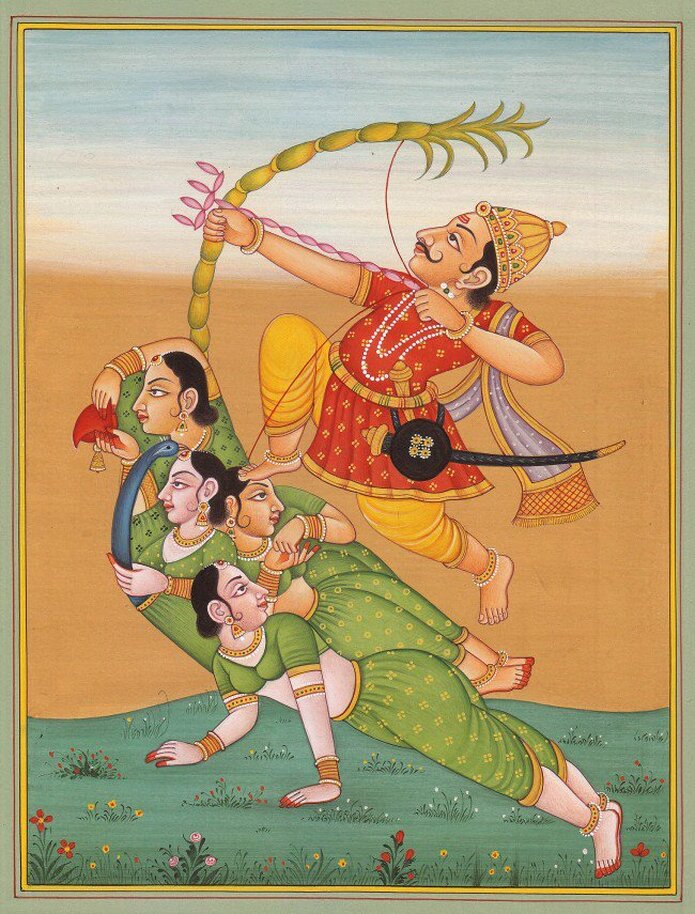
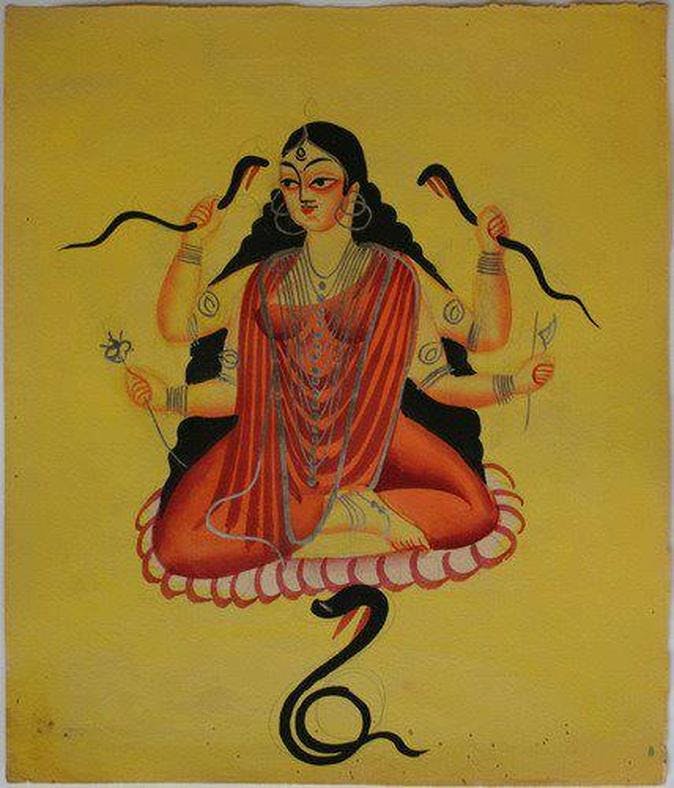
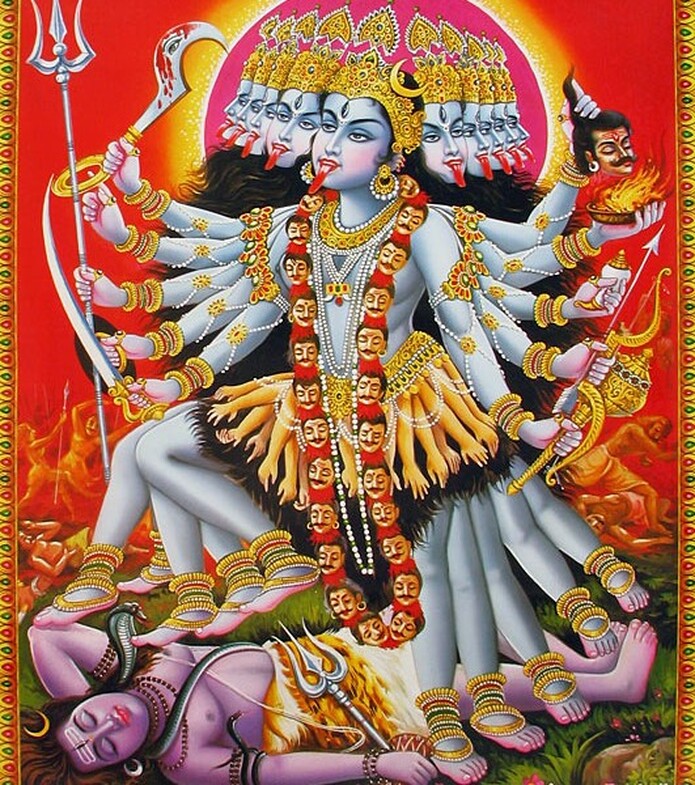
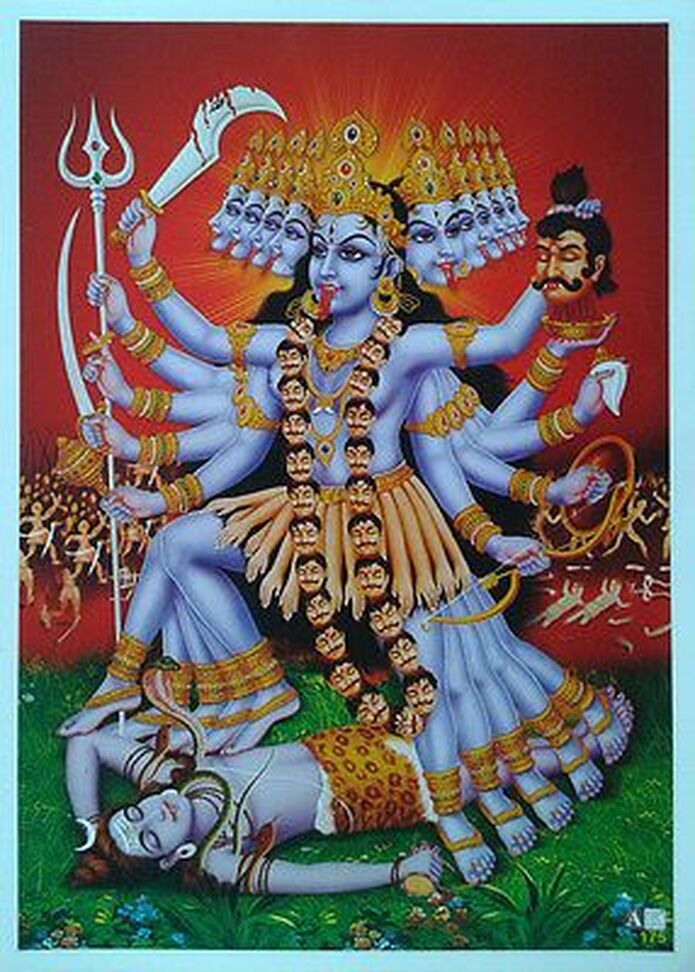
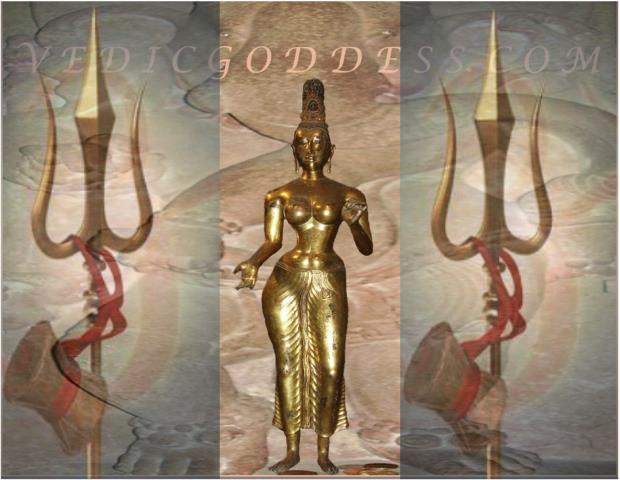
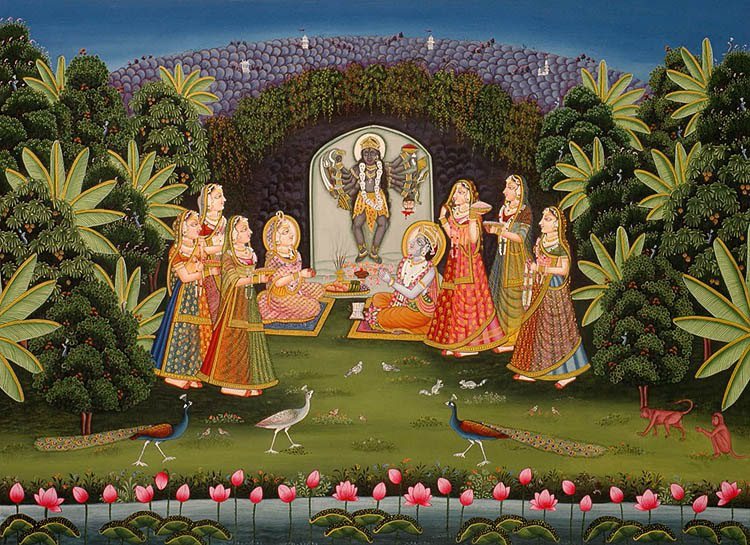

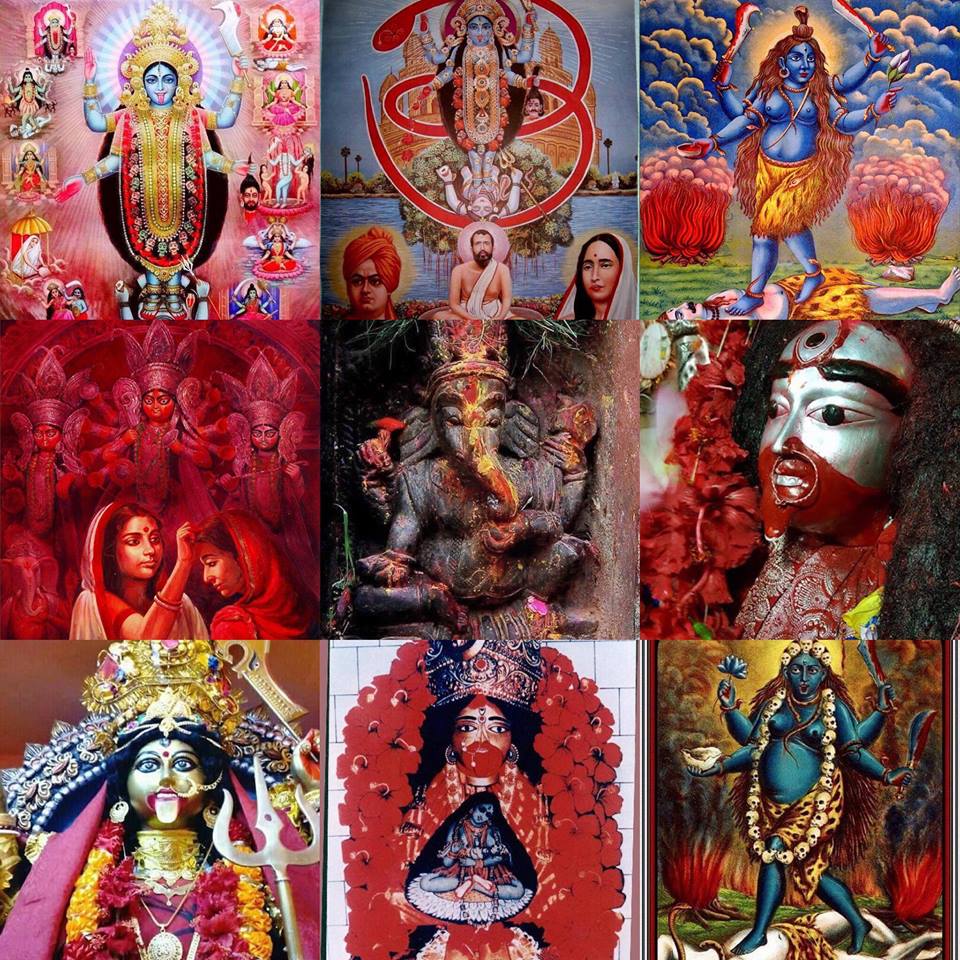
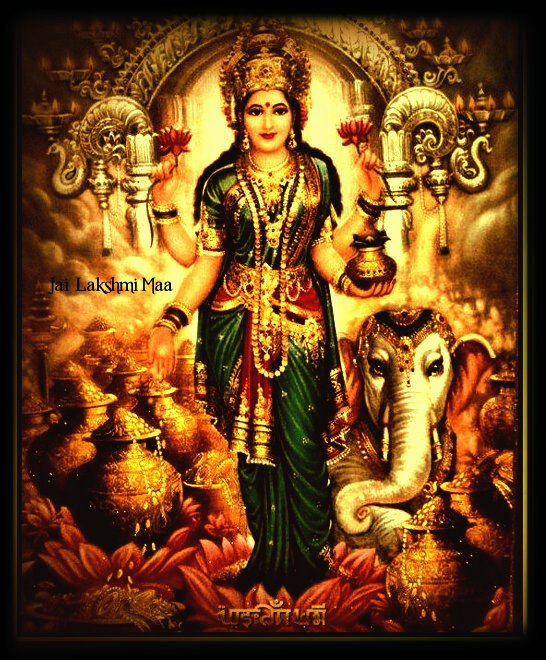
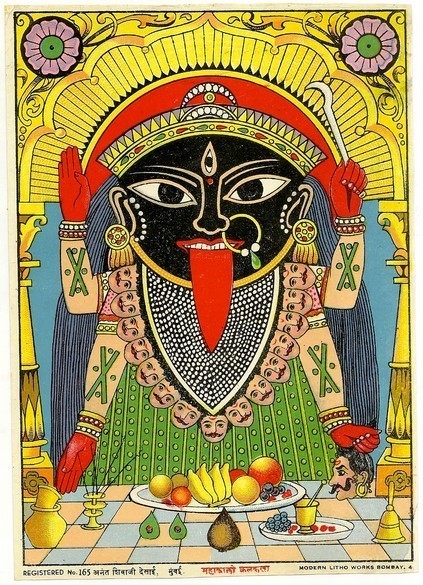
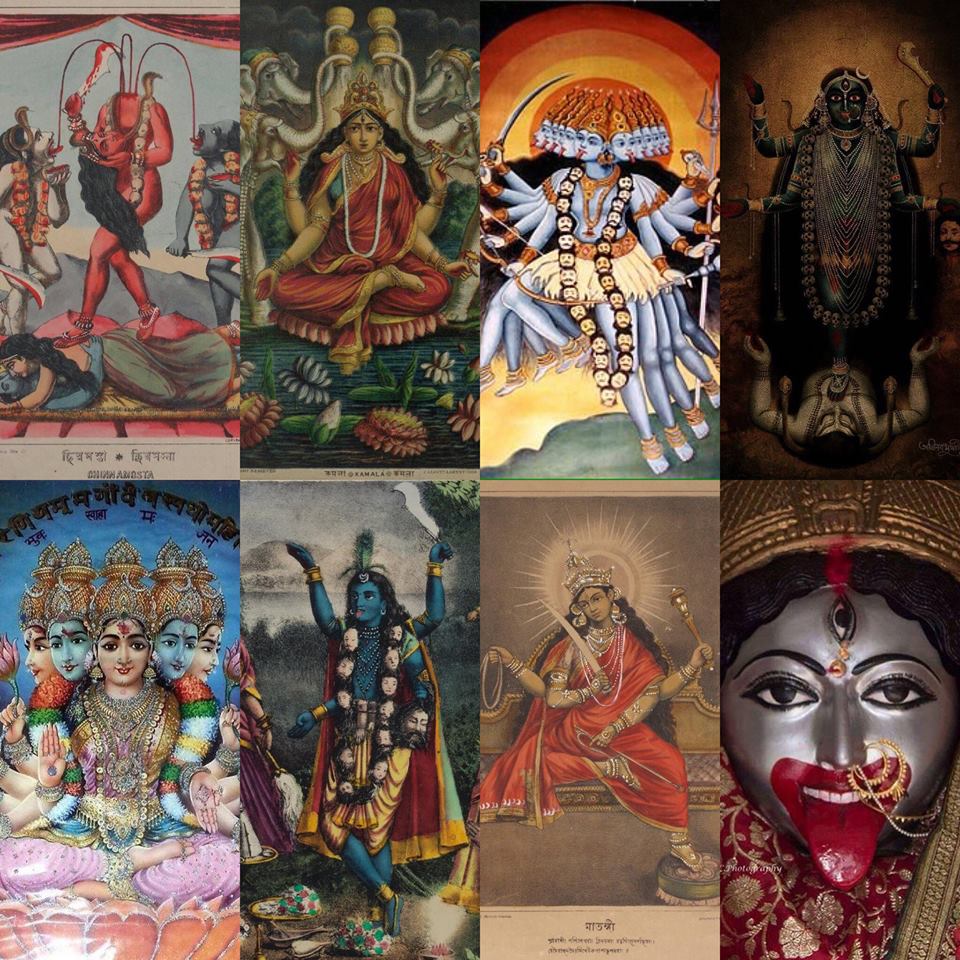
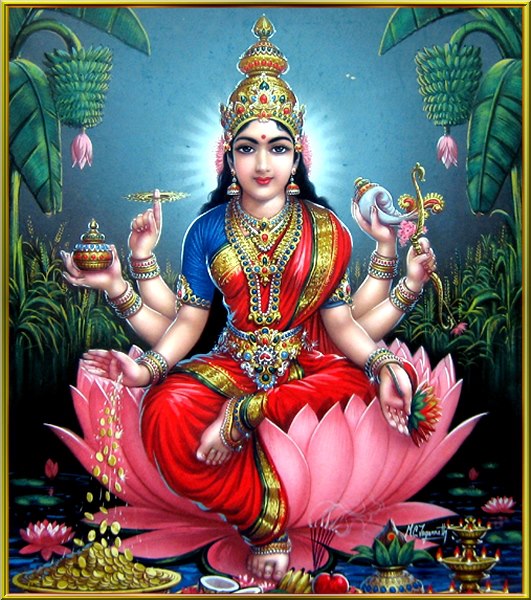
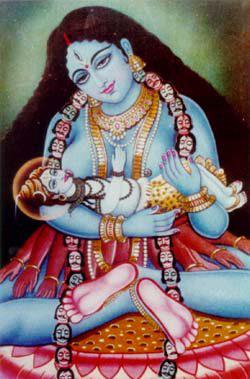
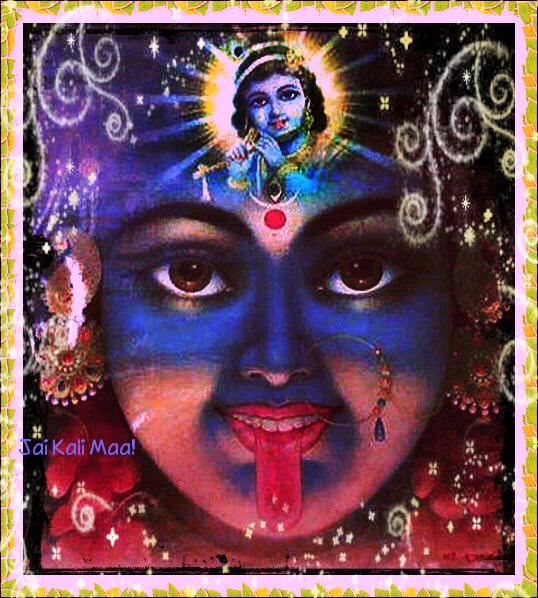
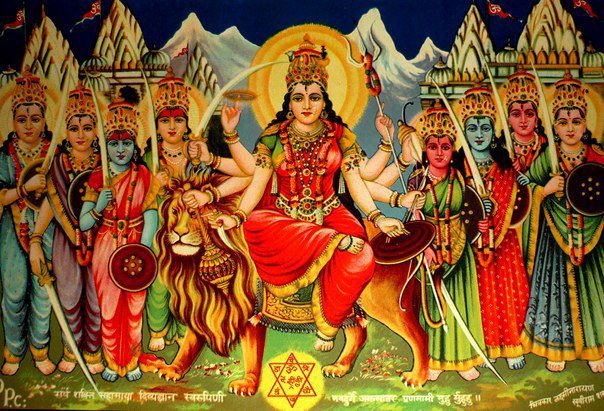
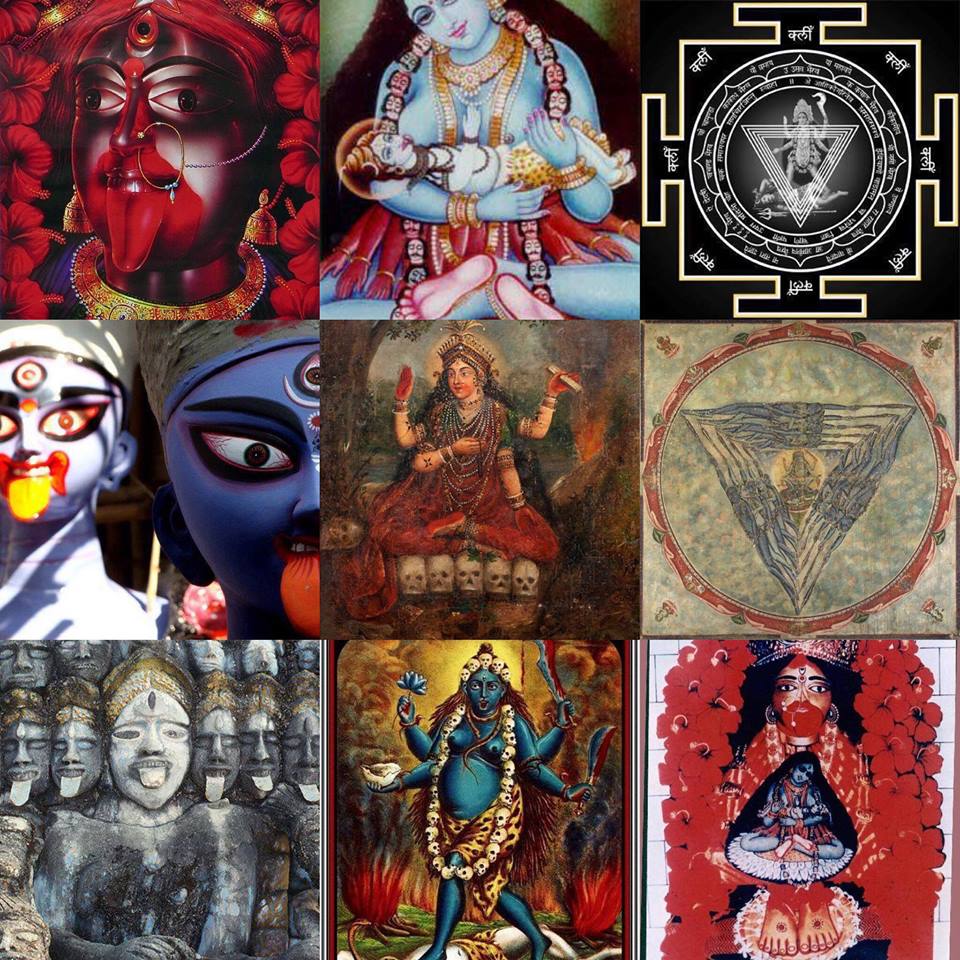
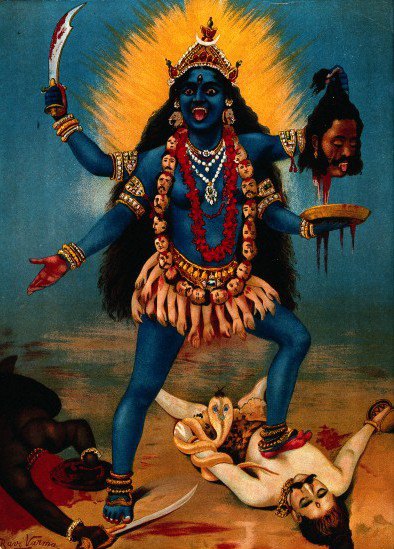
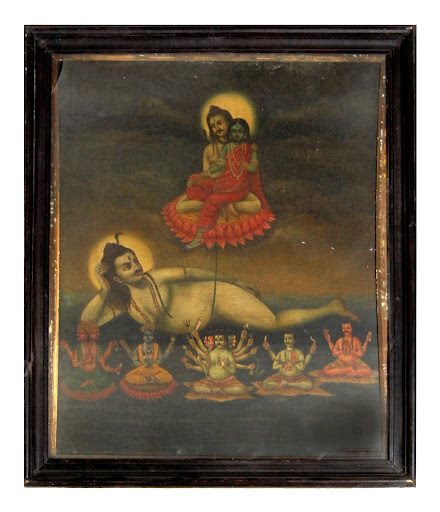
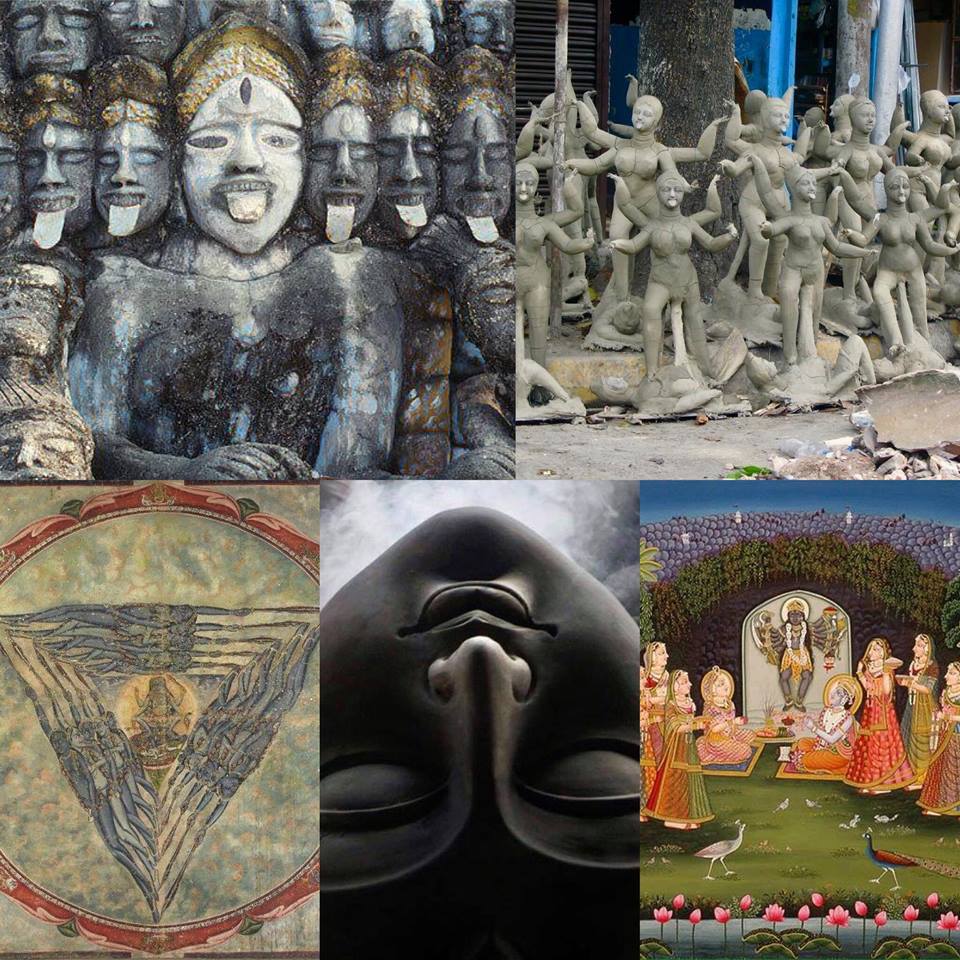
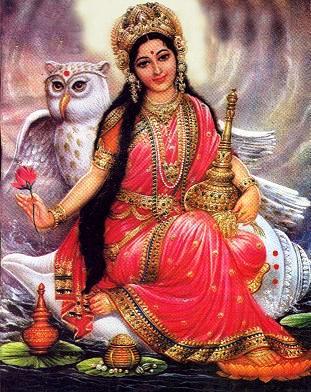
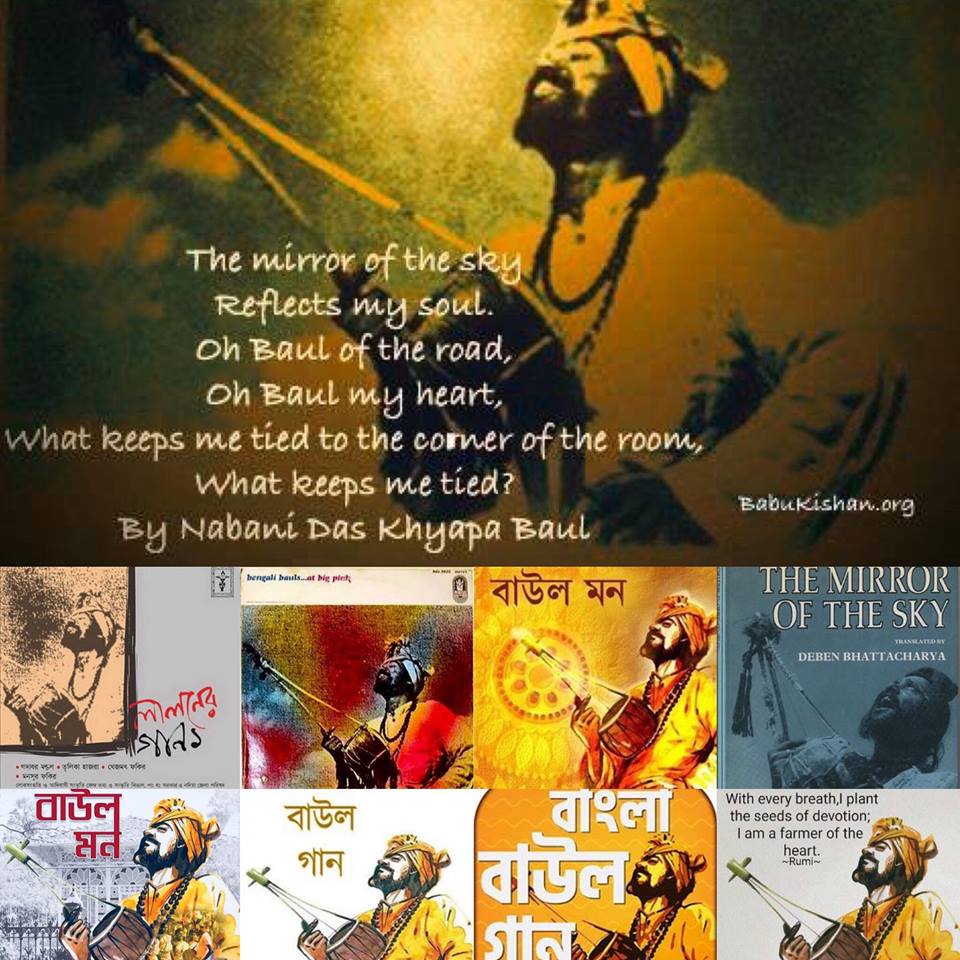
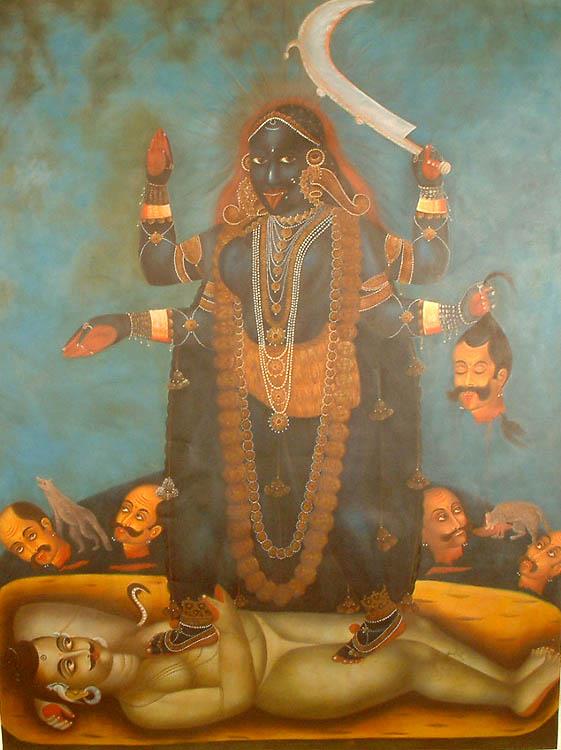
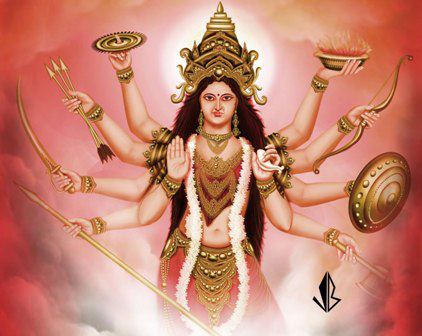
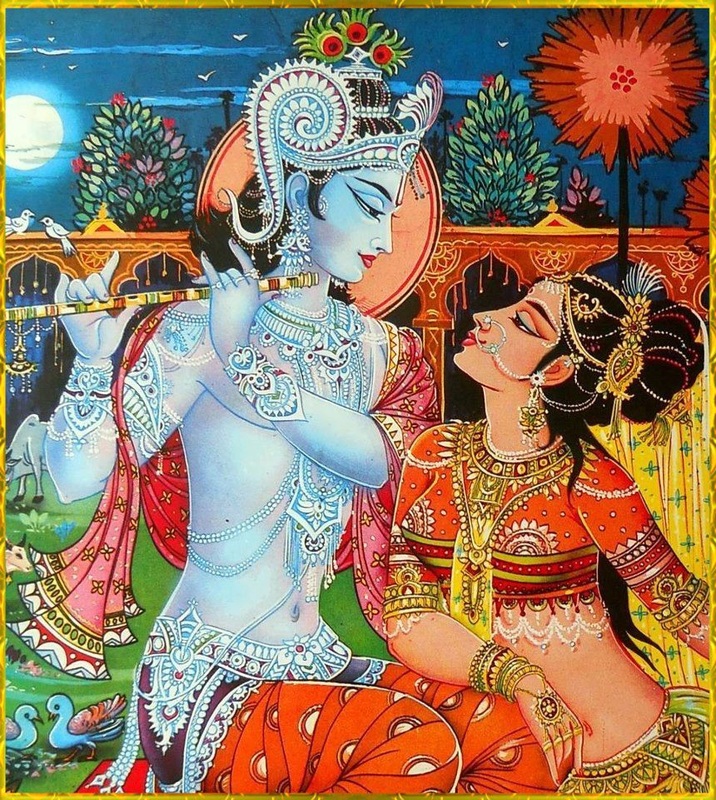
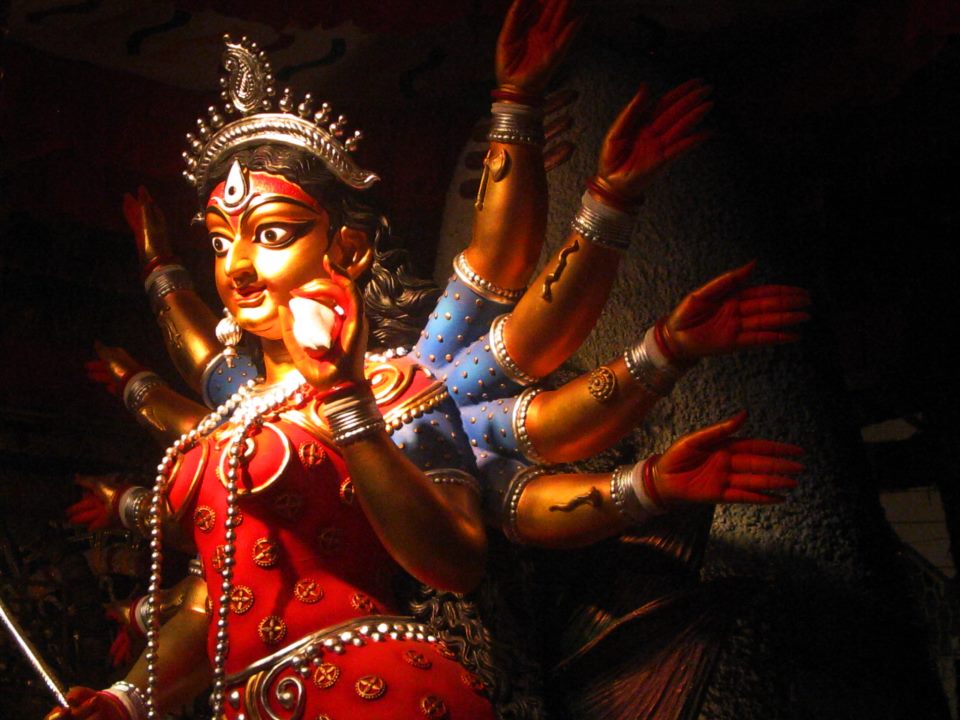
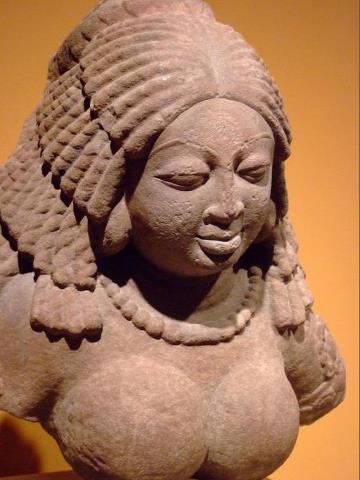
 RSS Feed
RSS Feed
